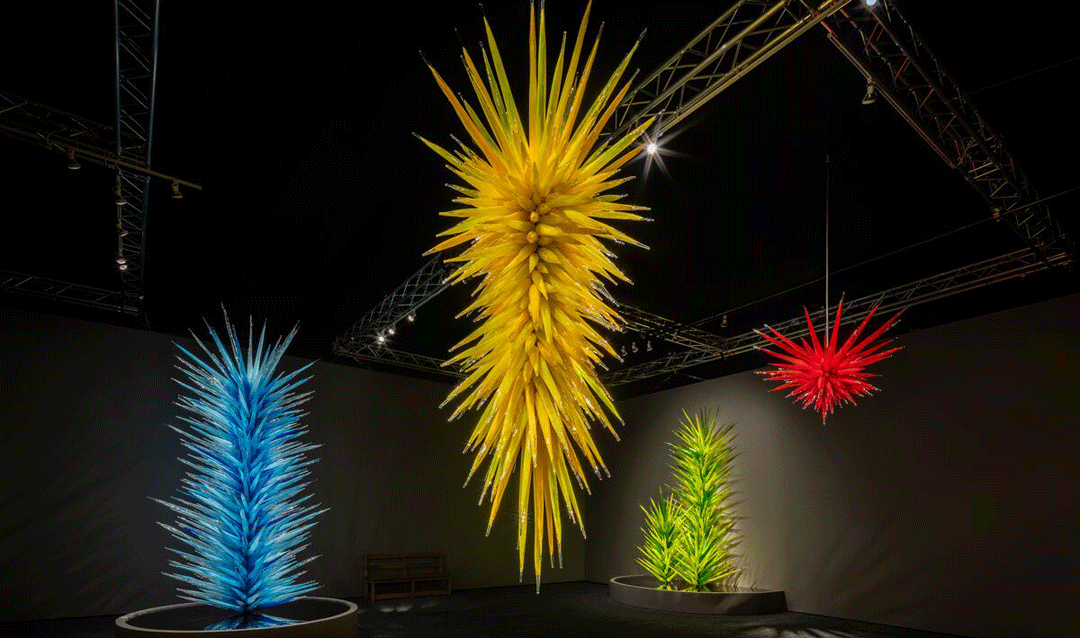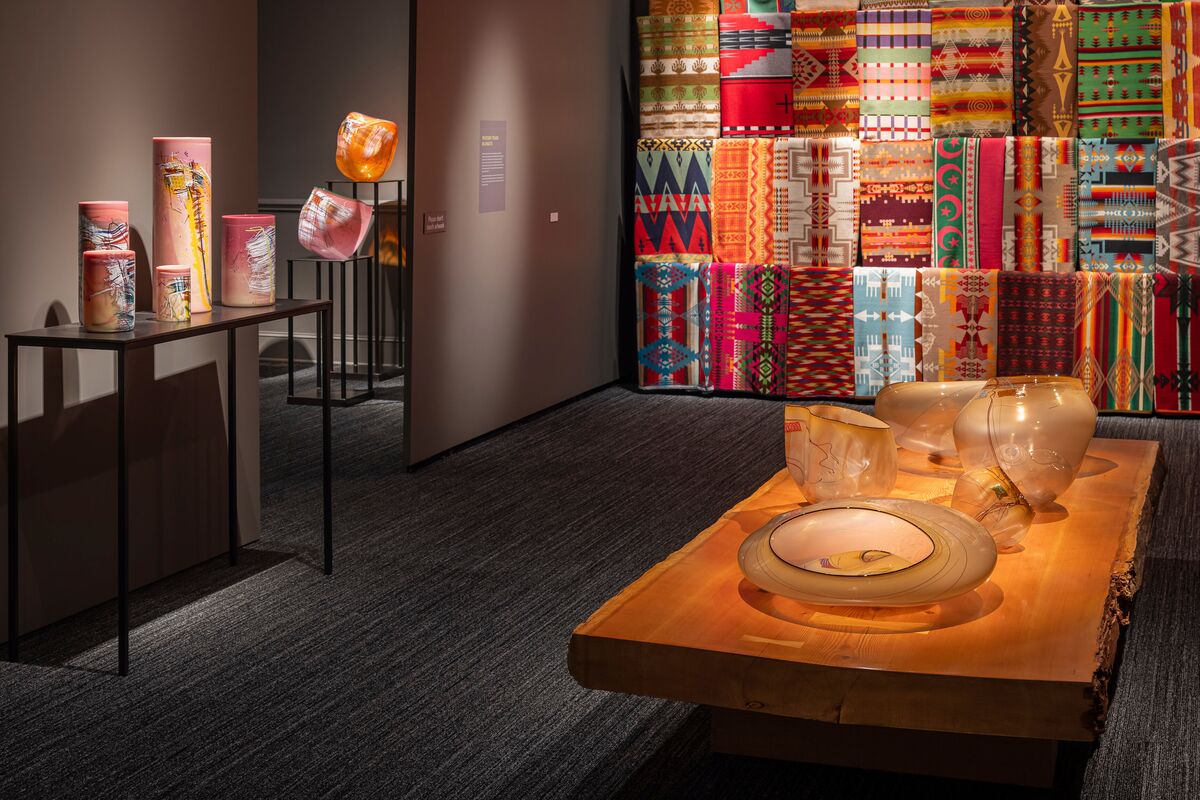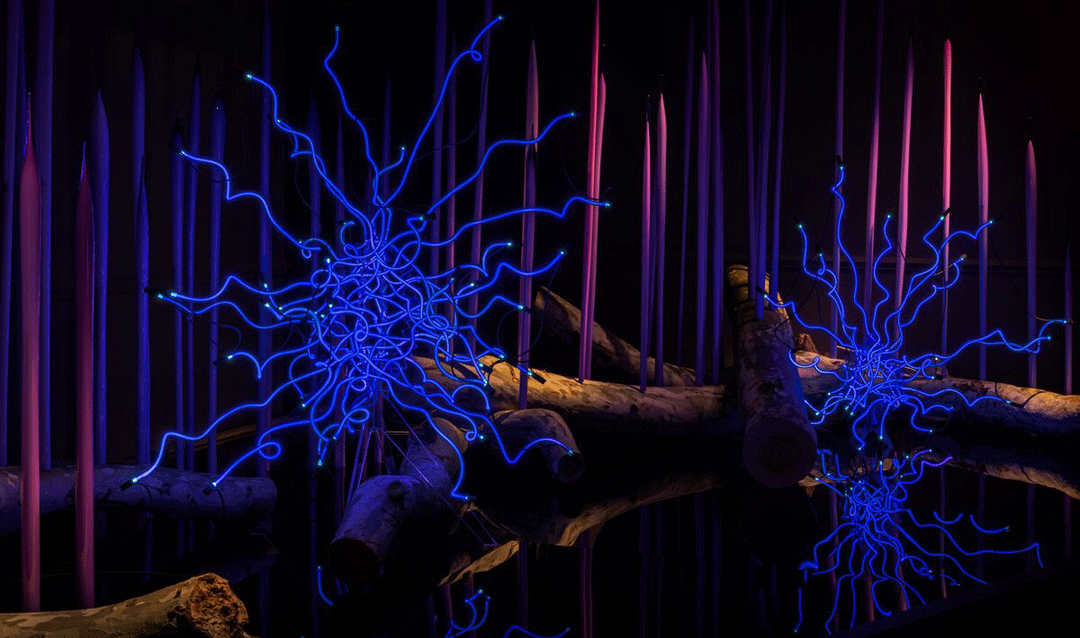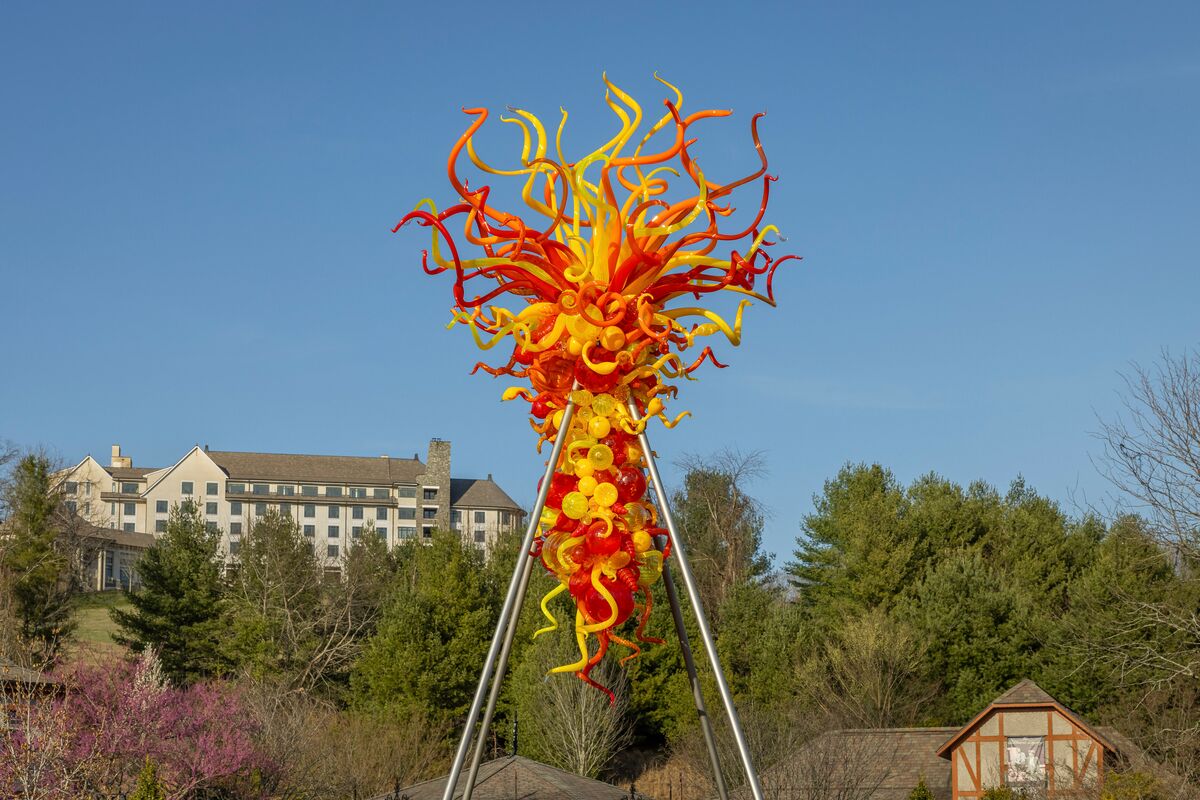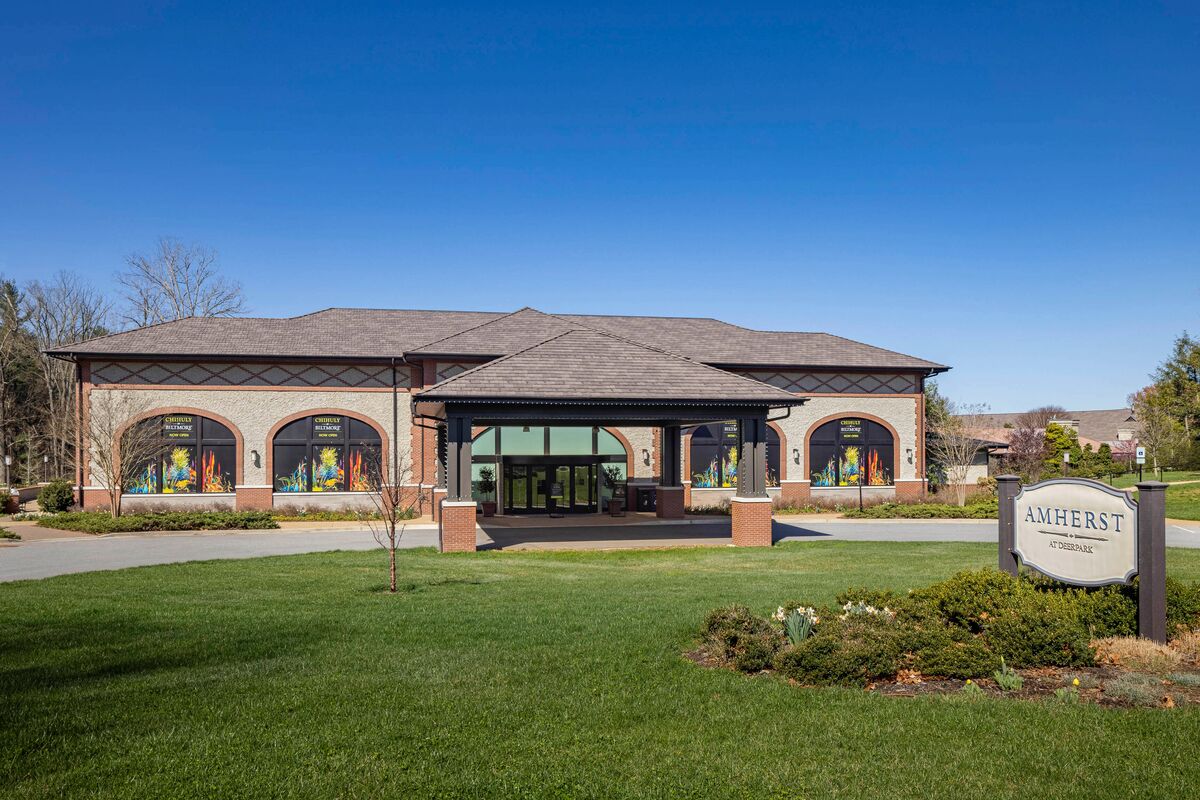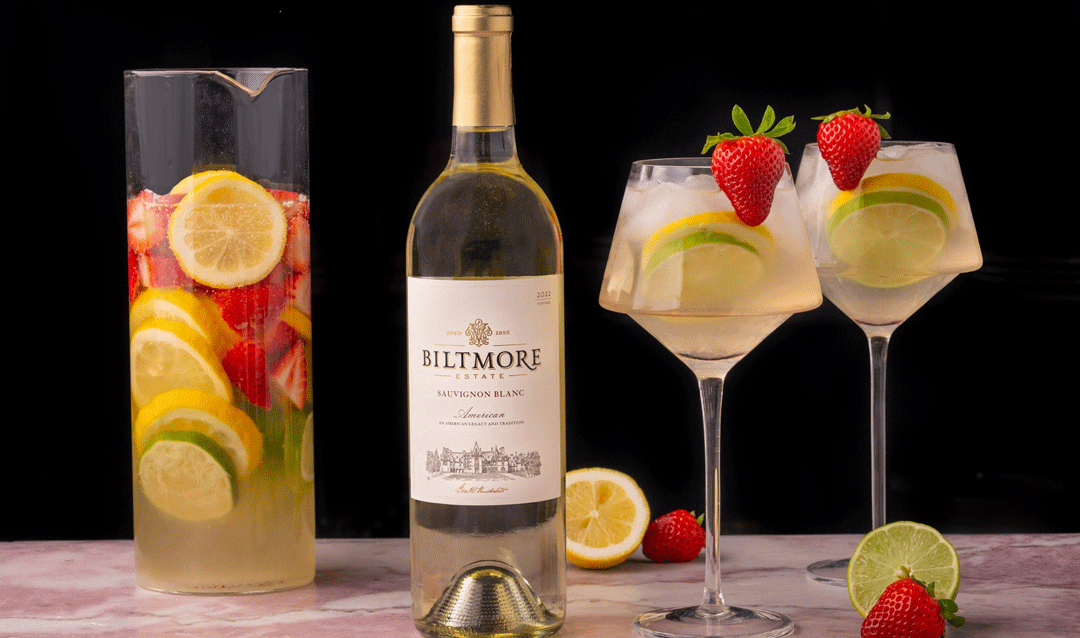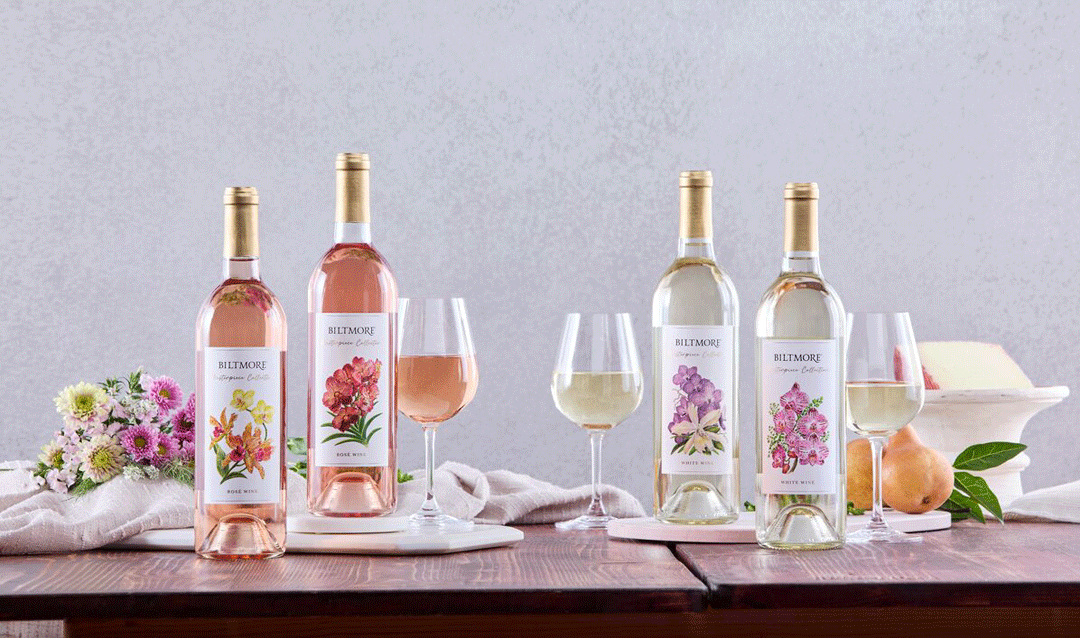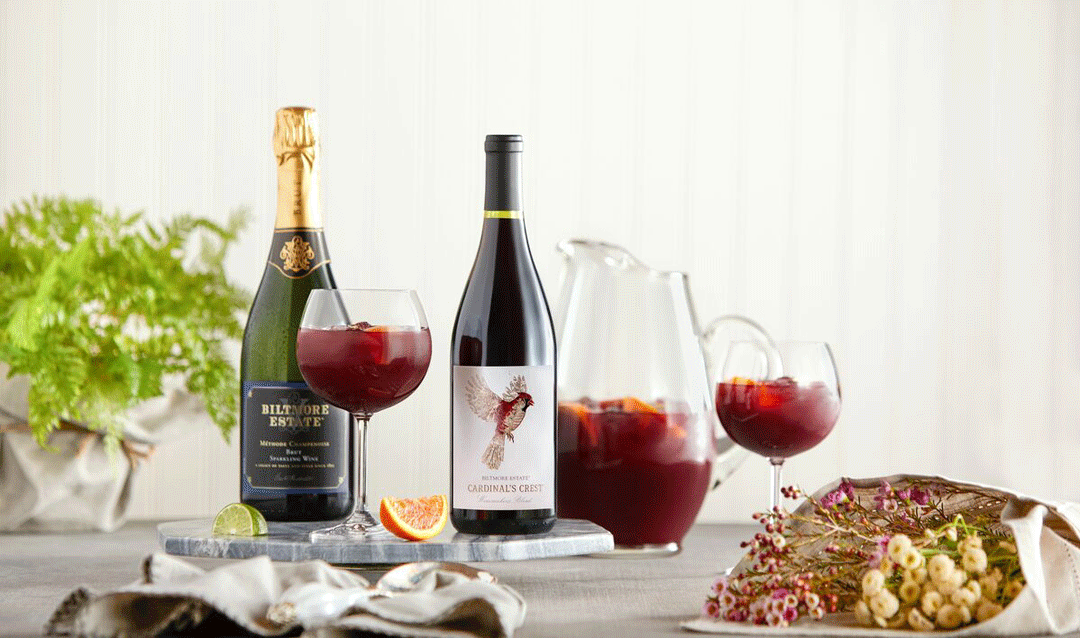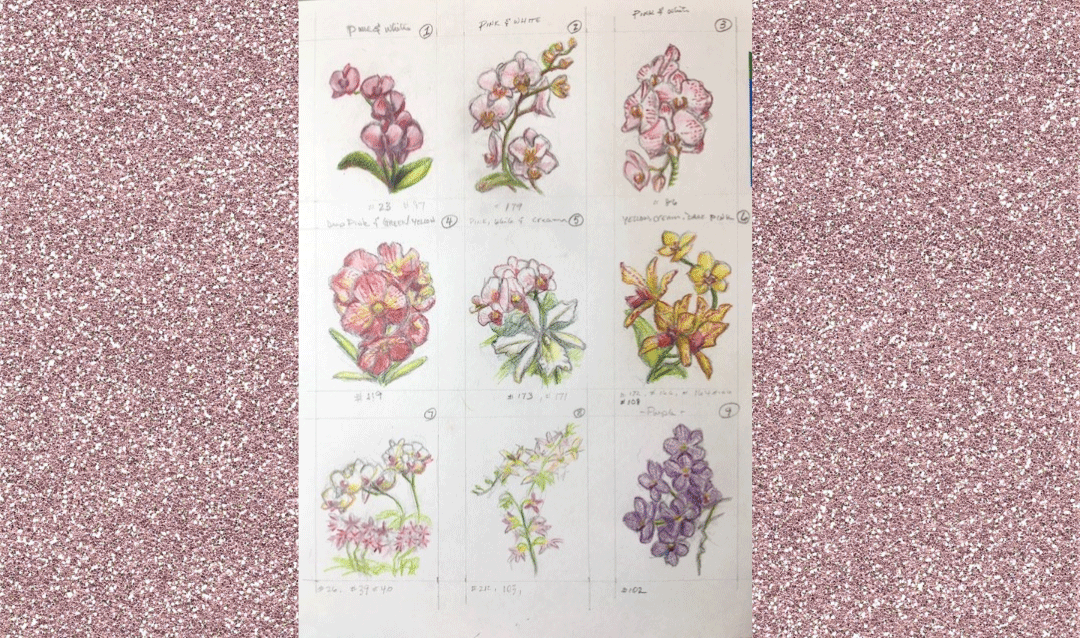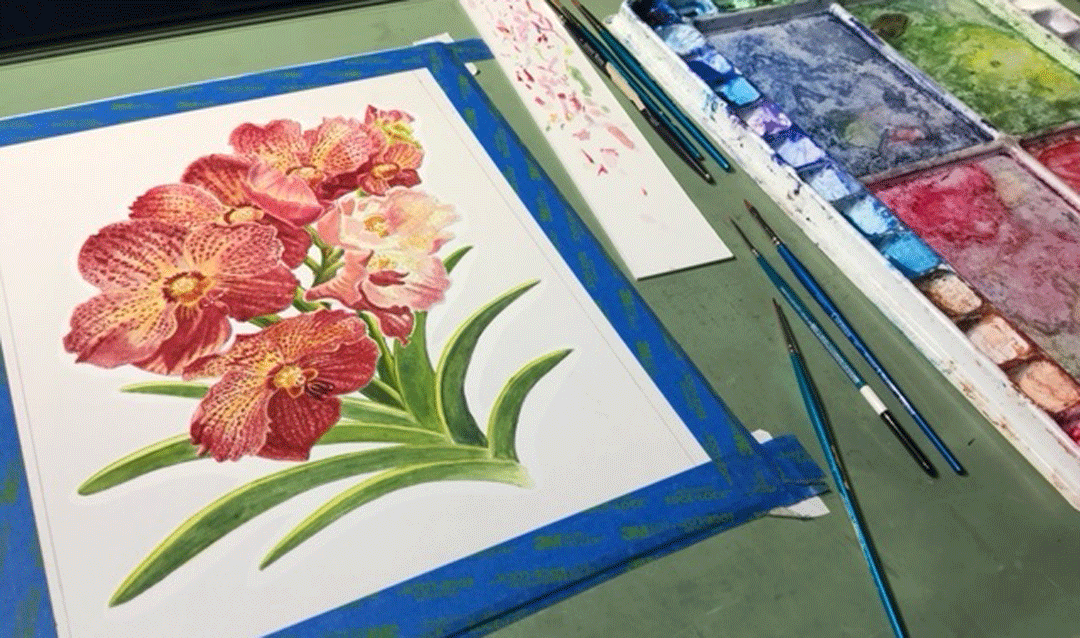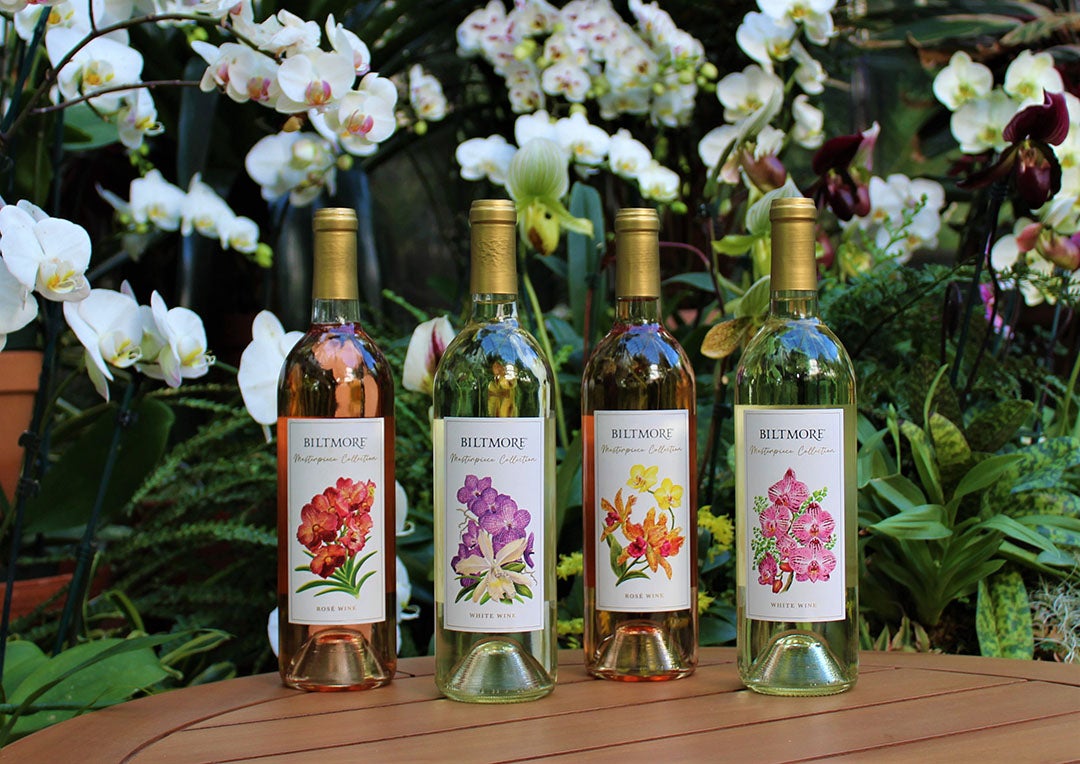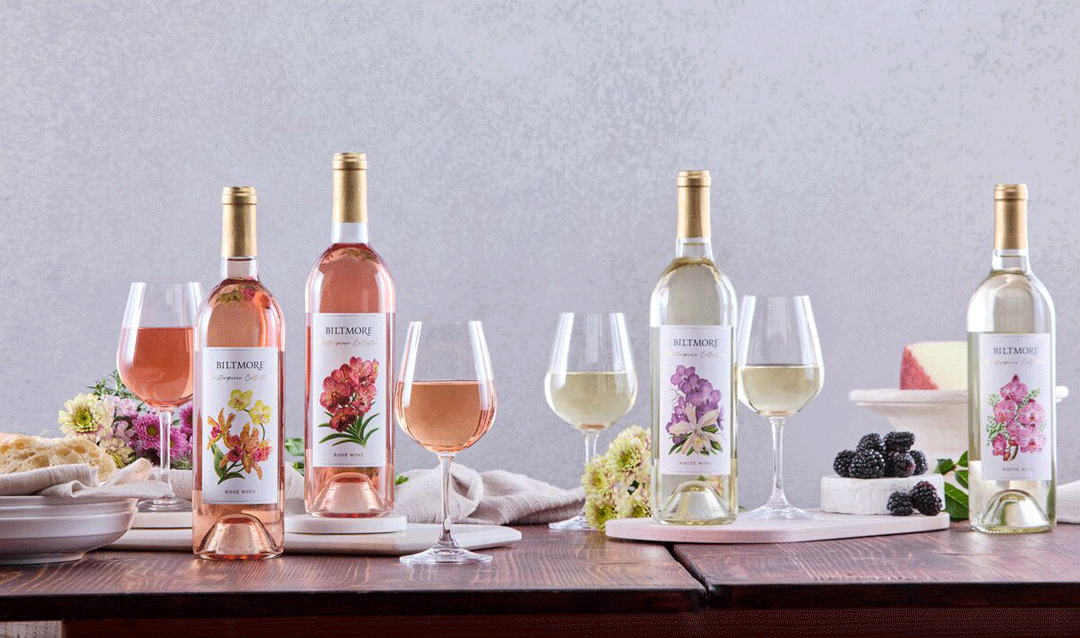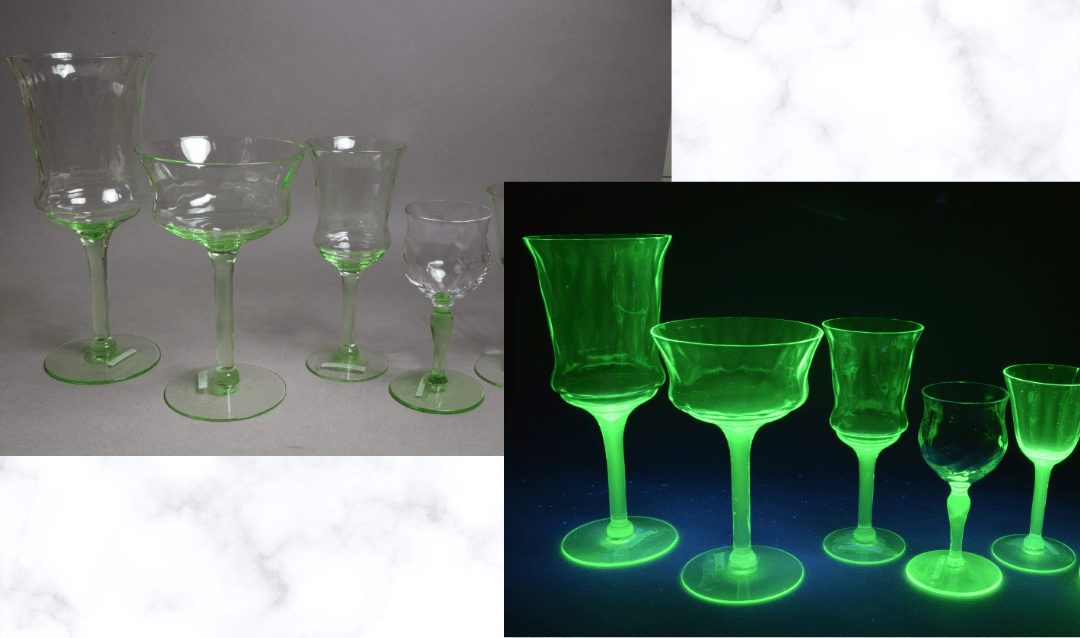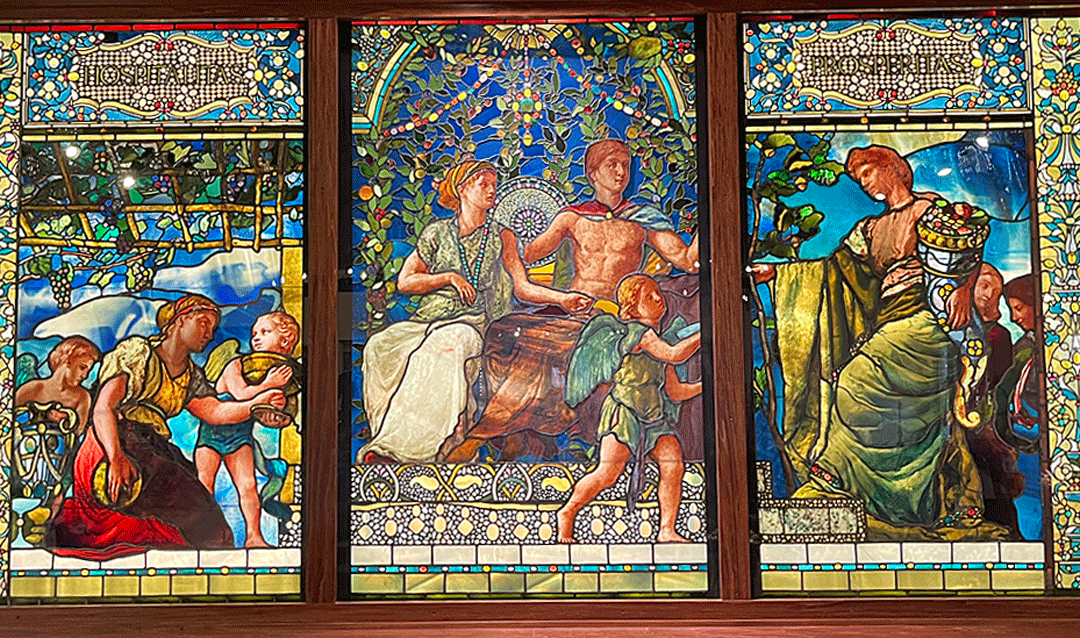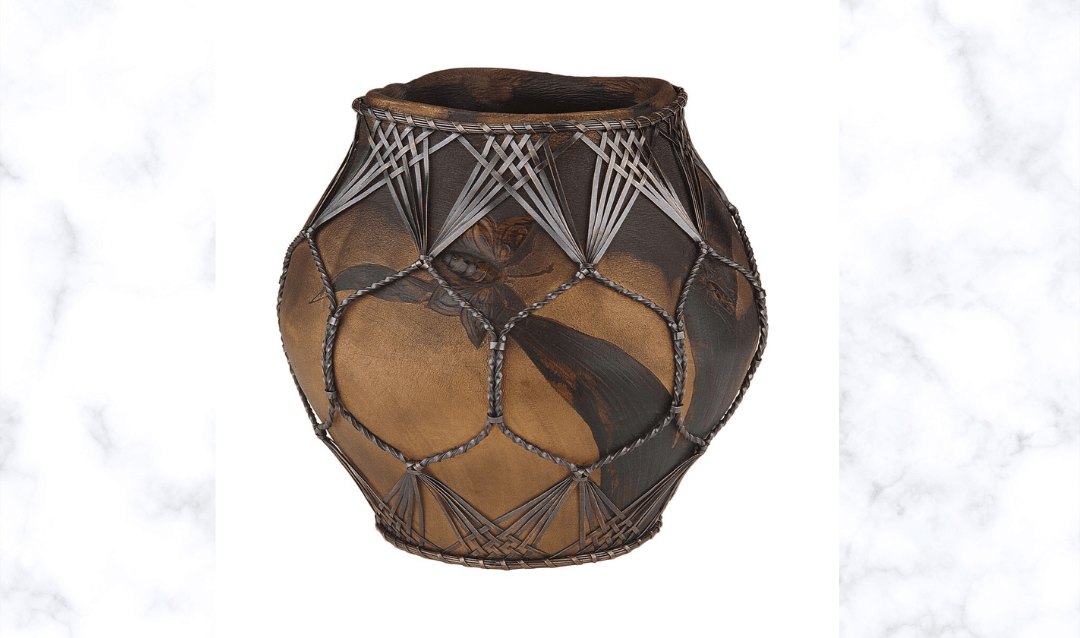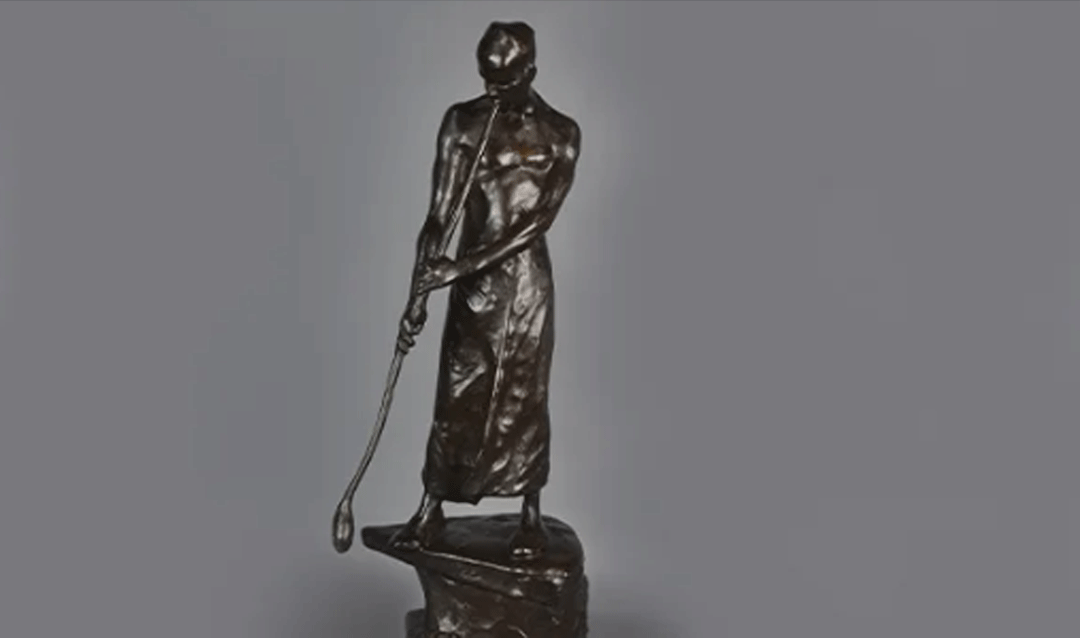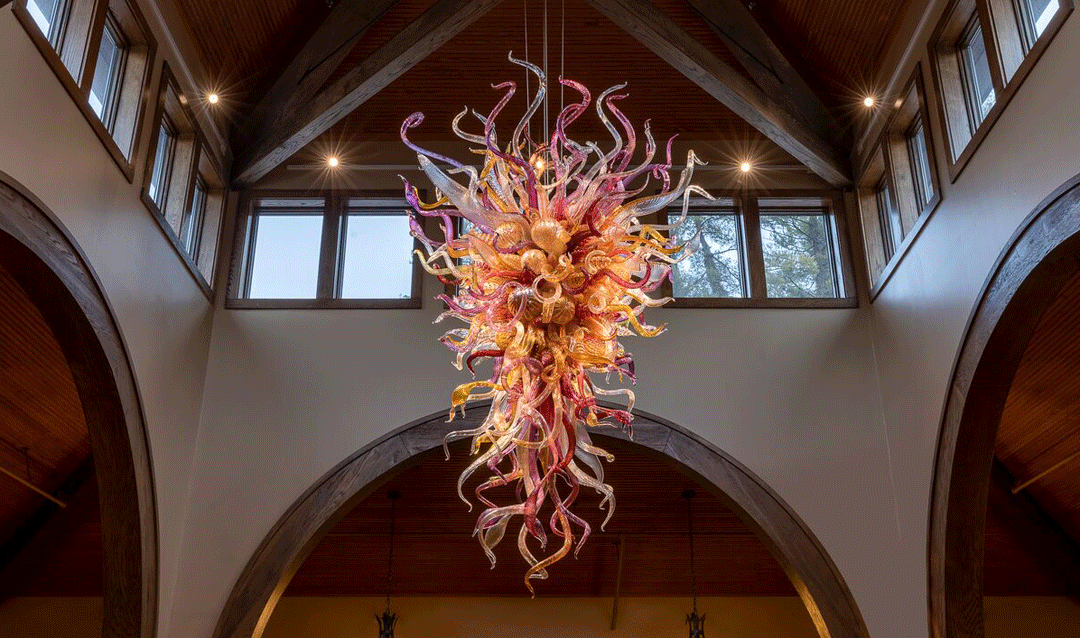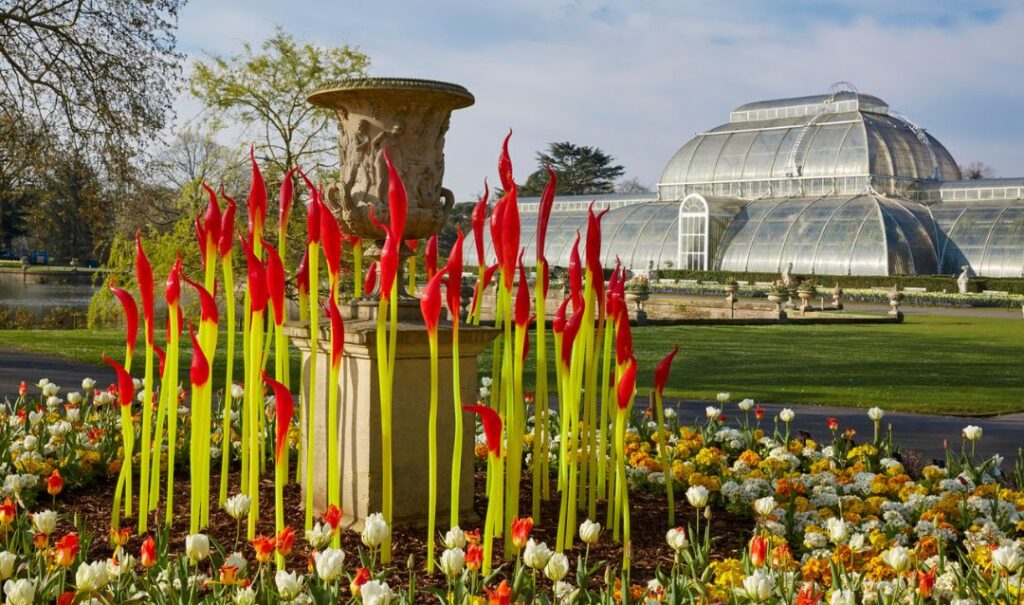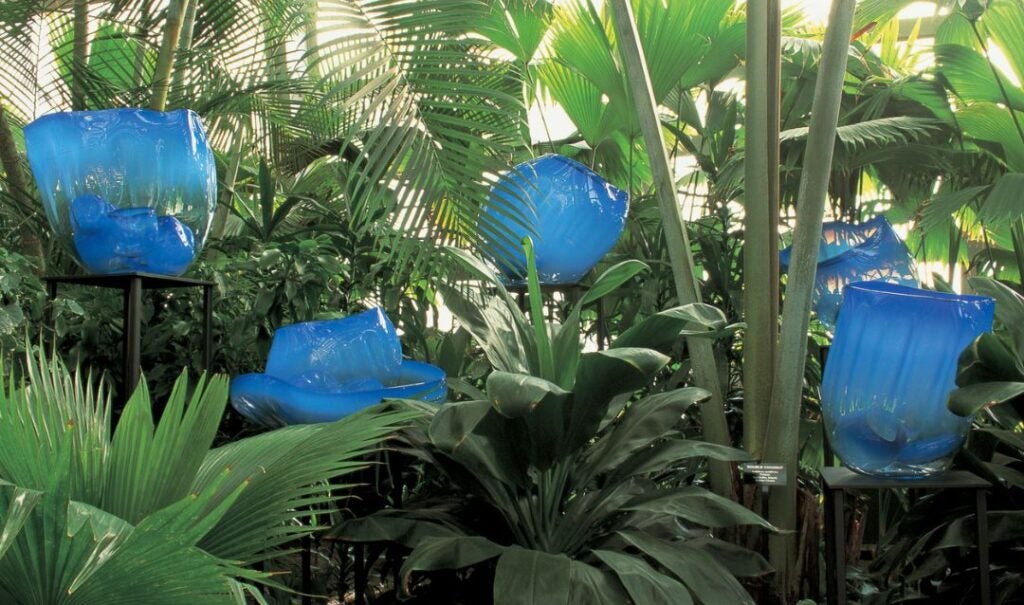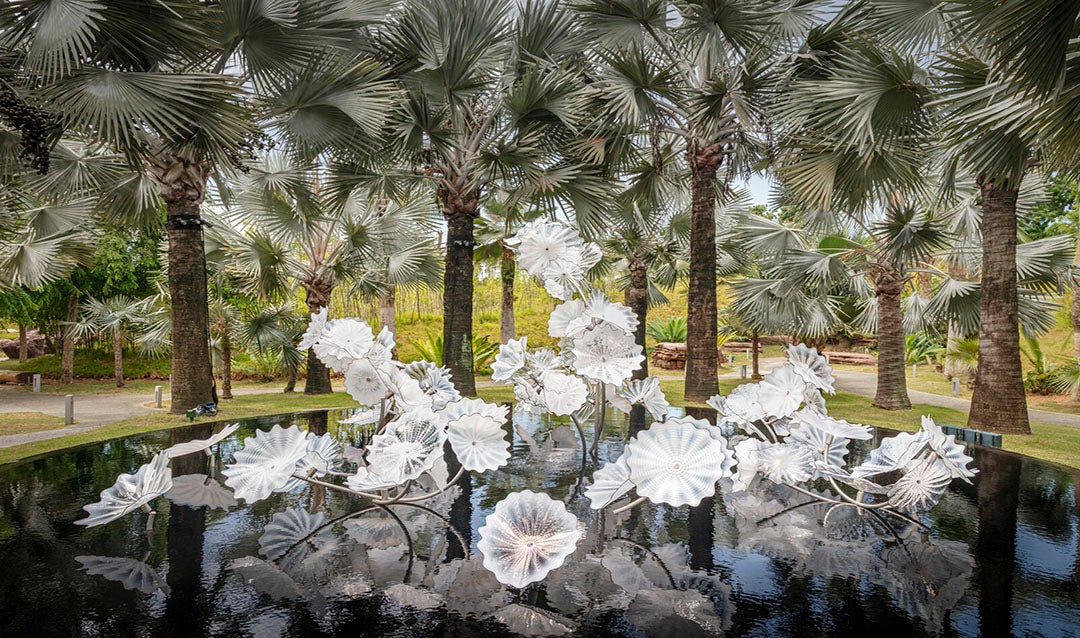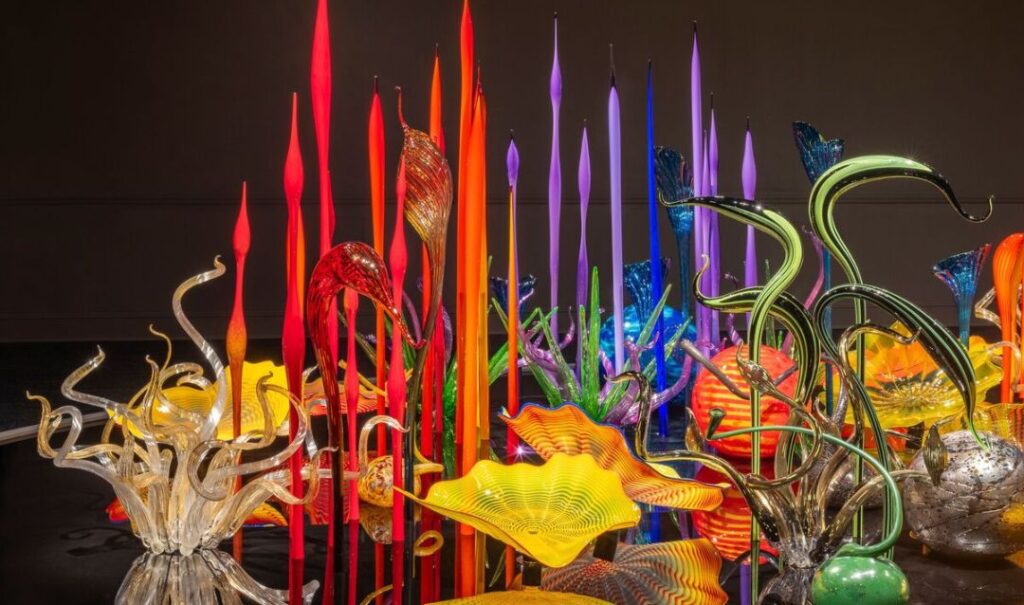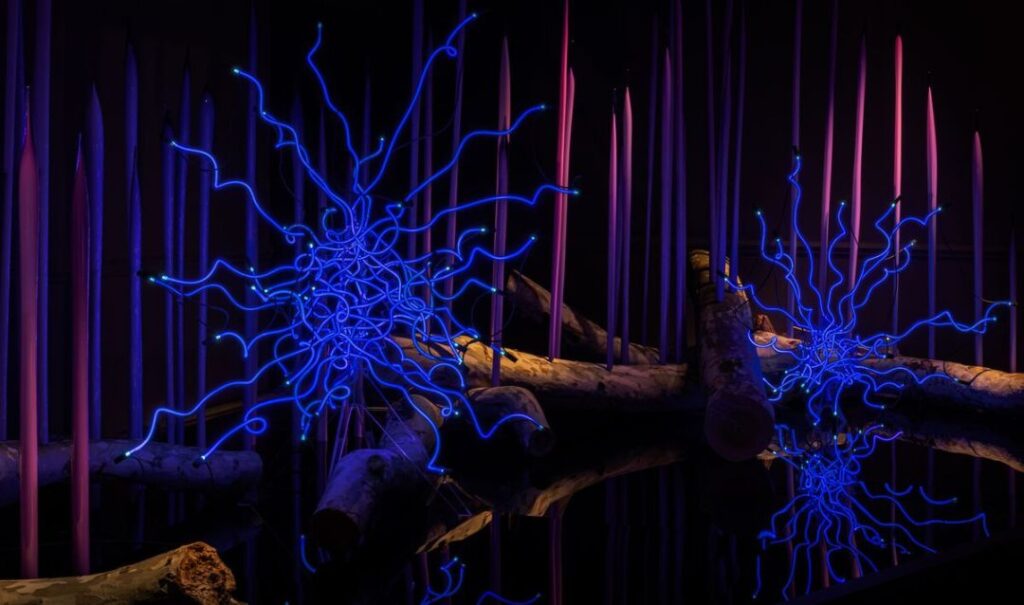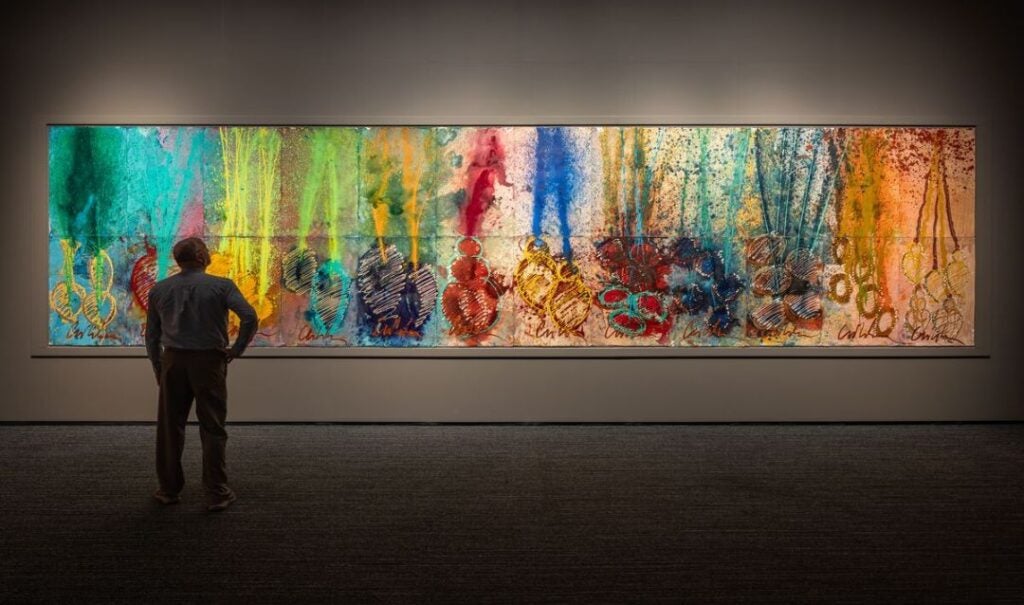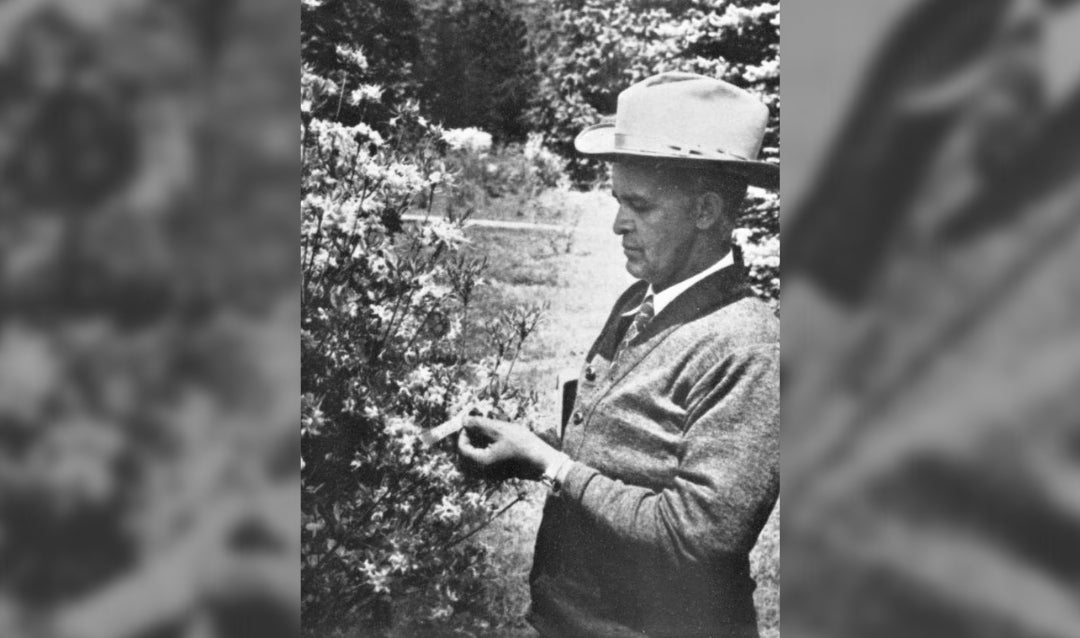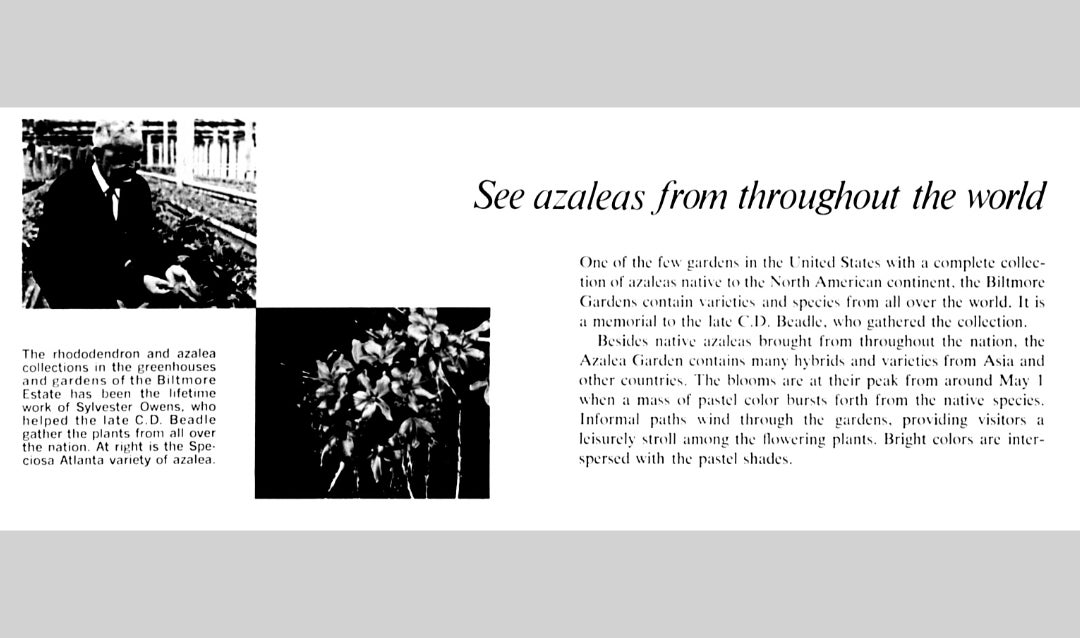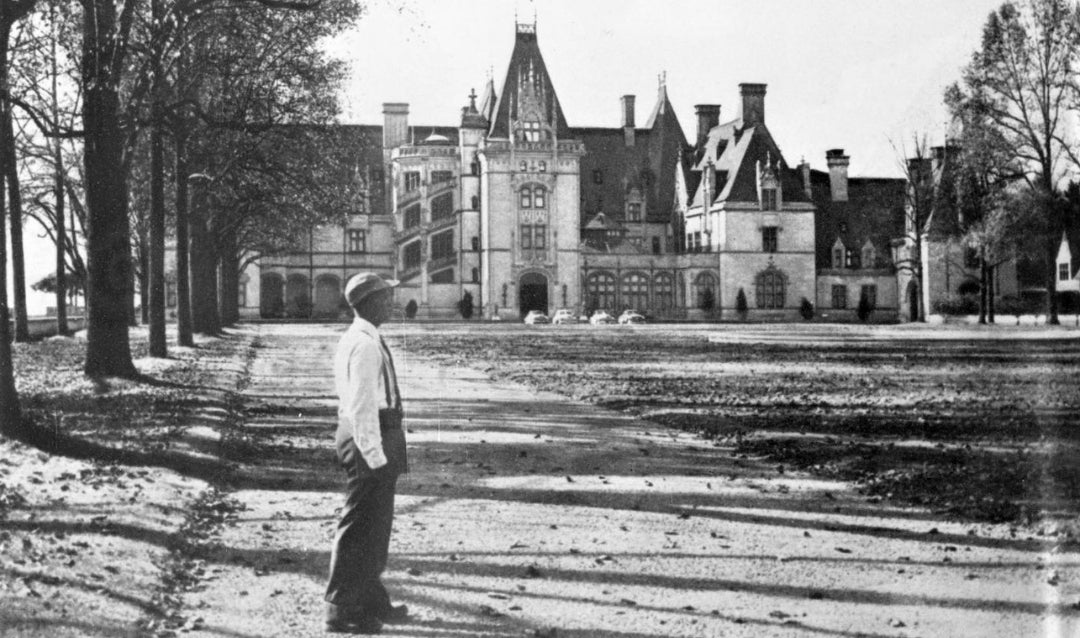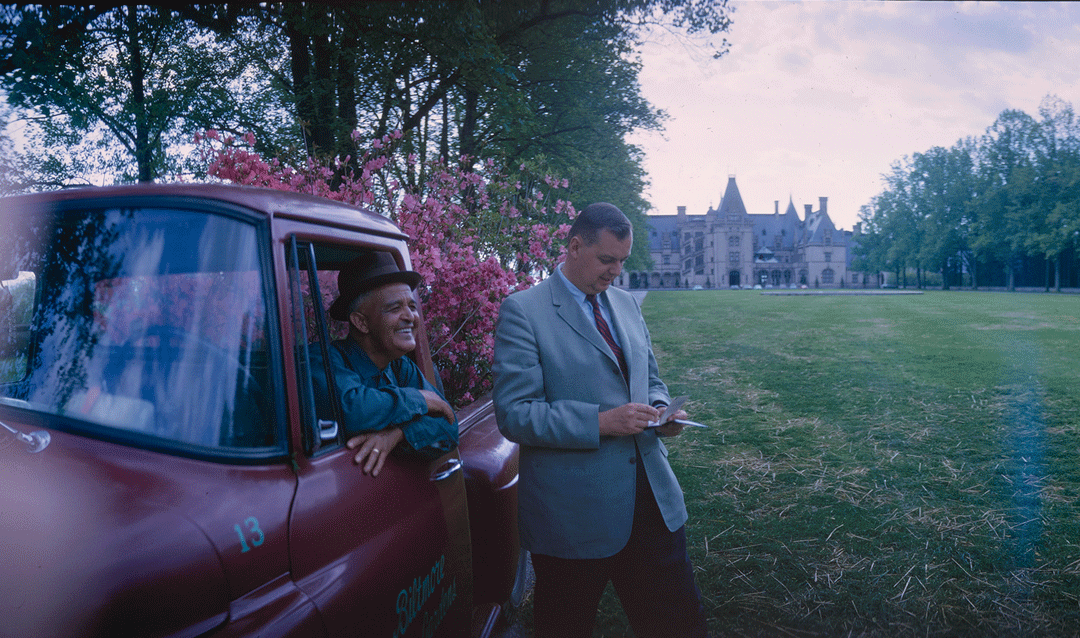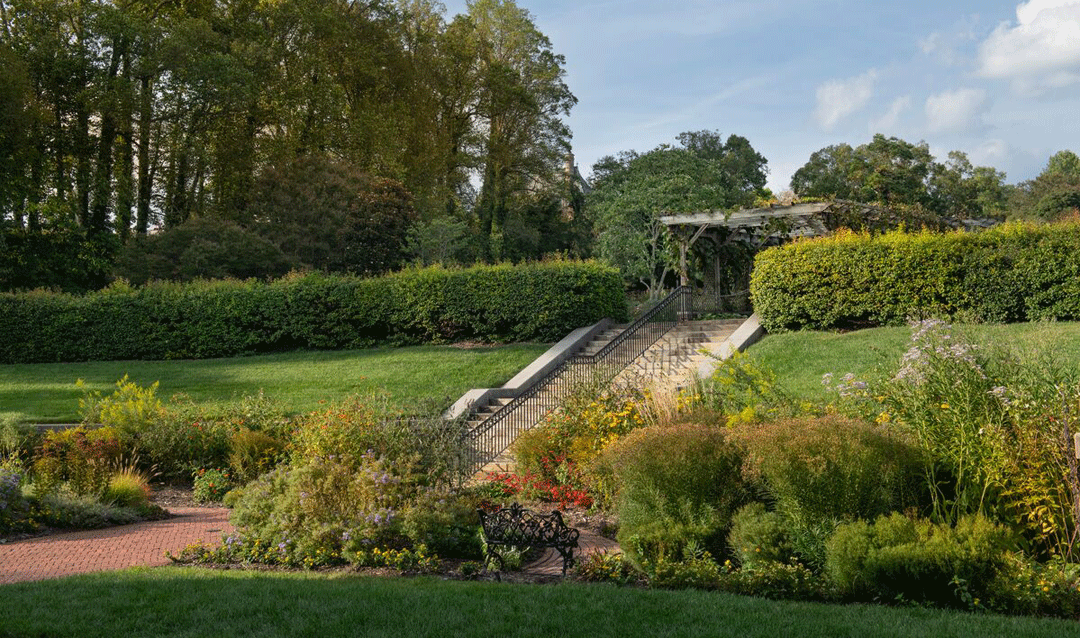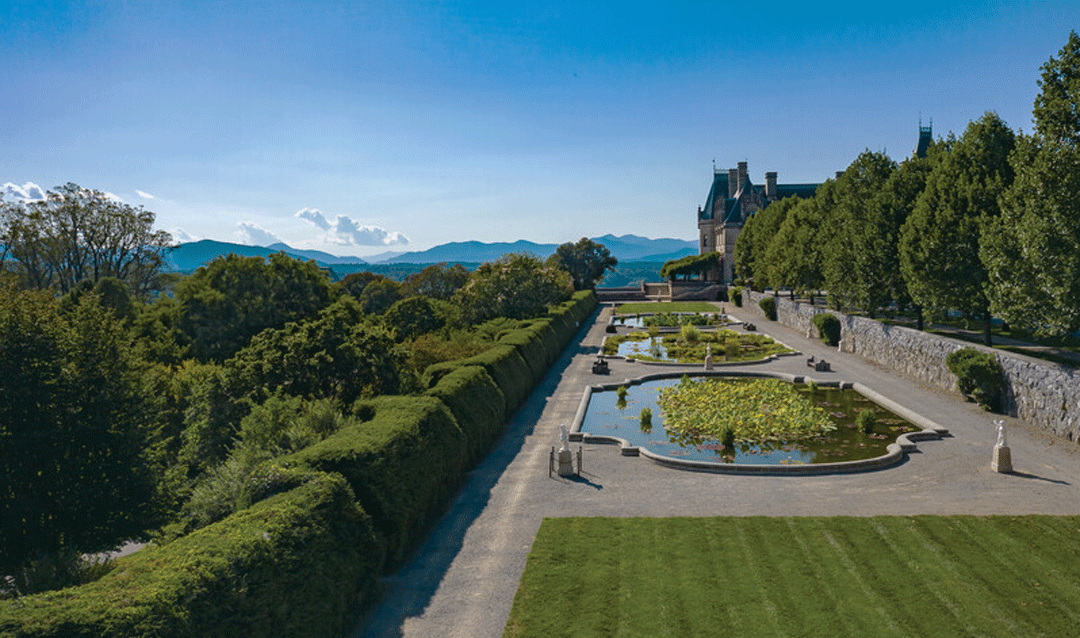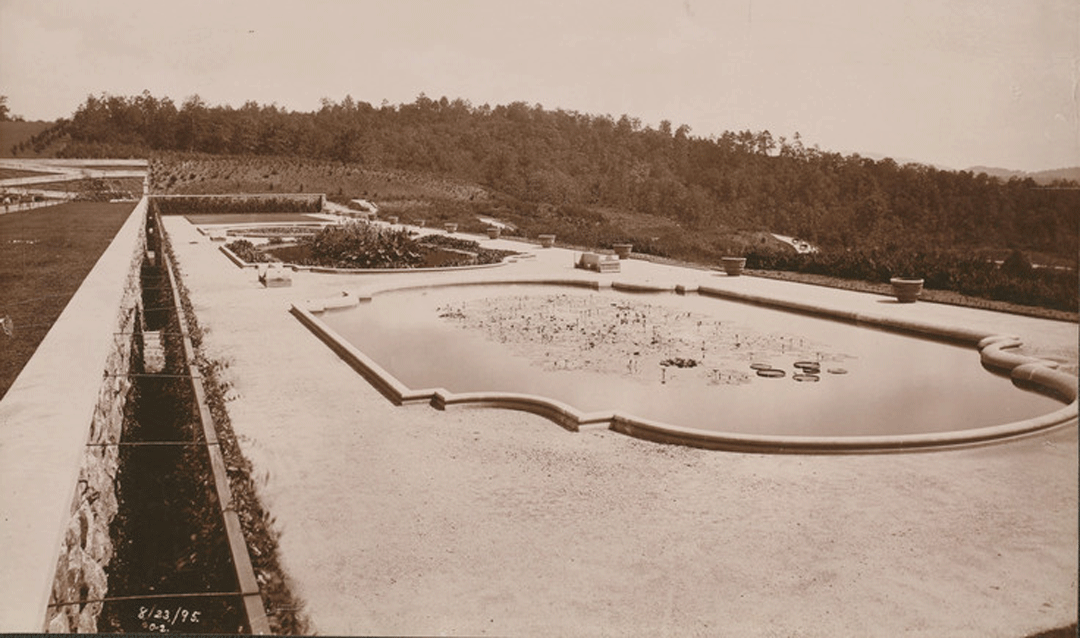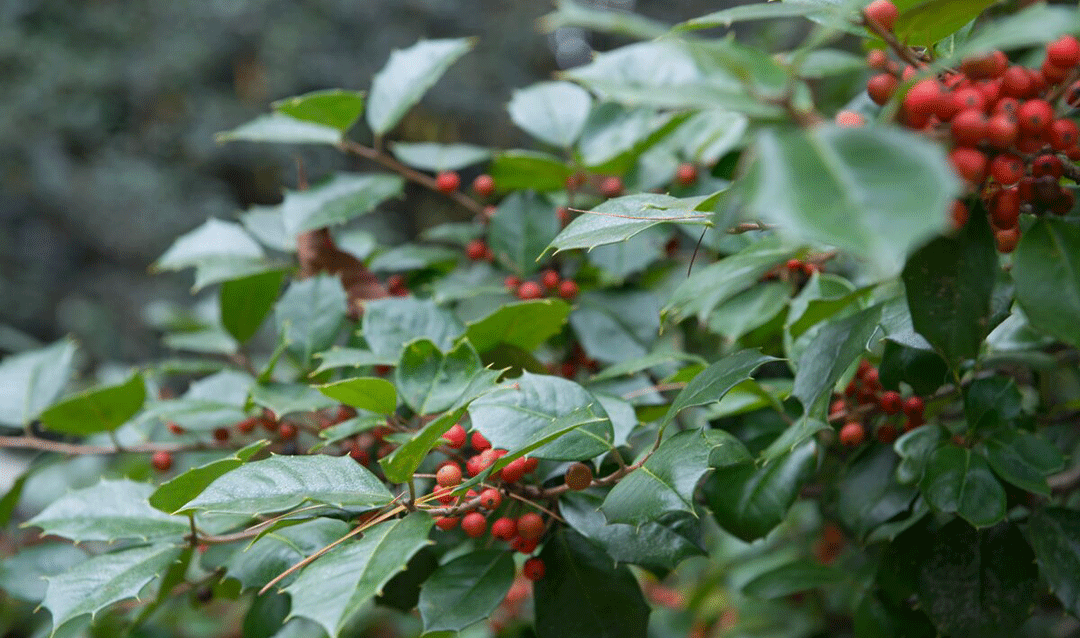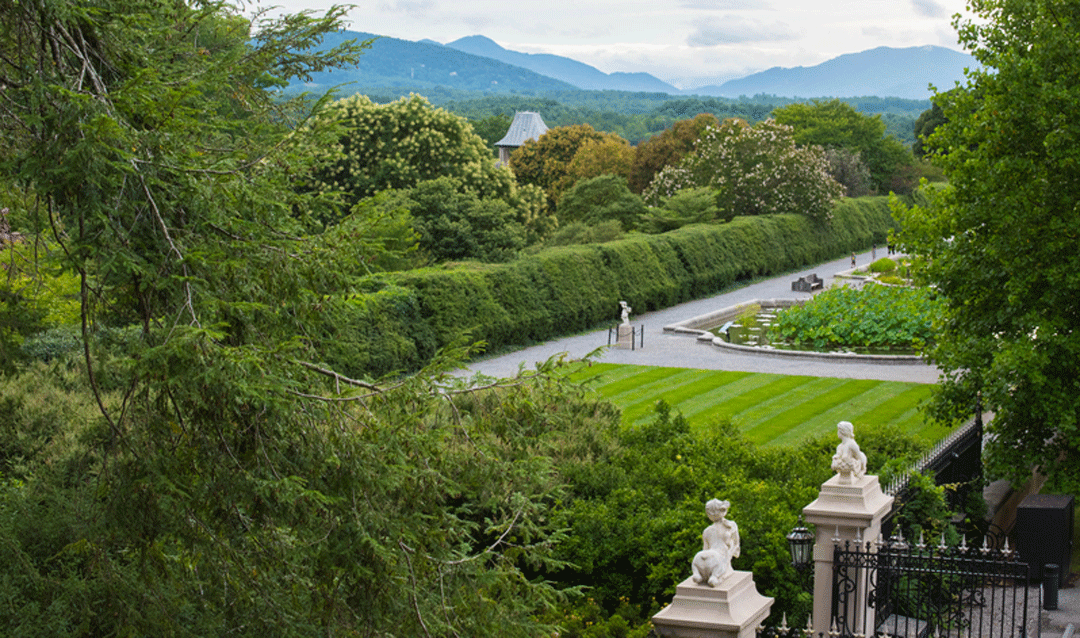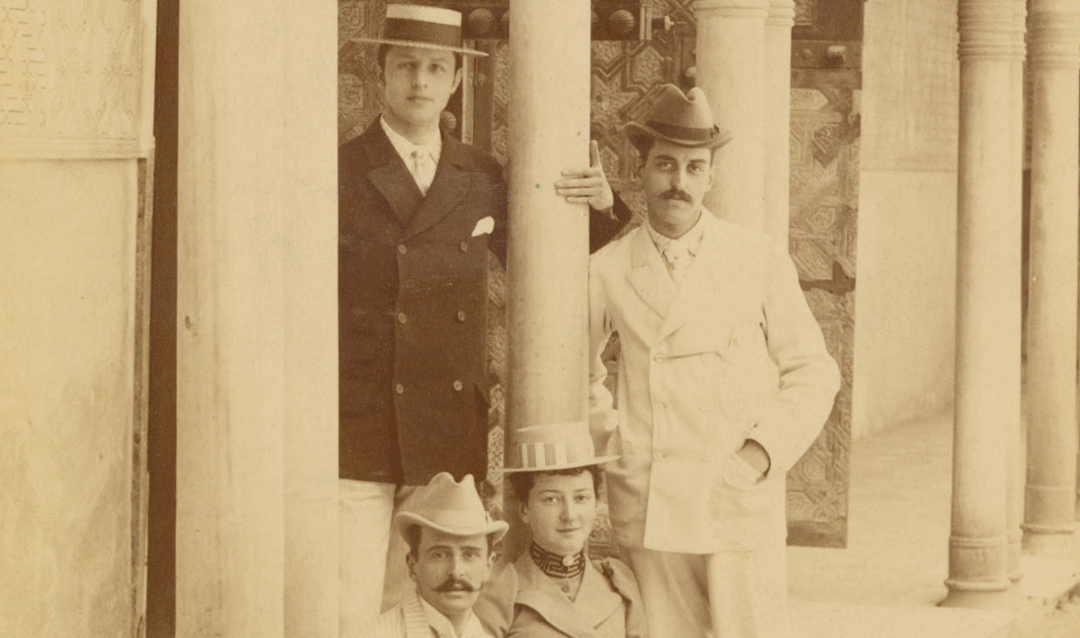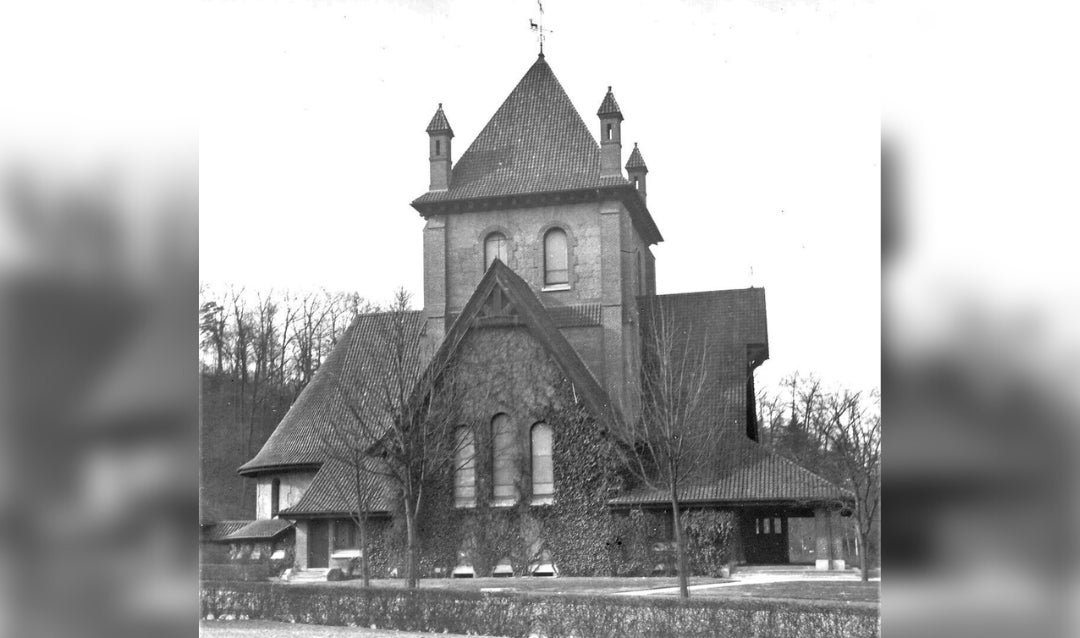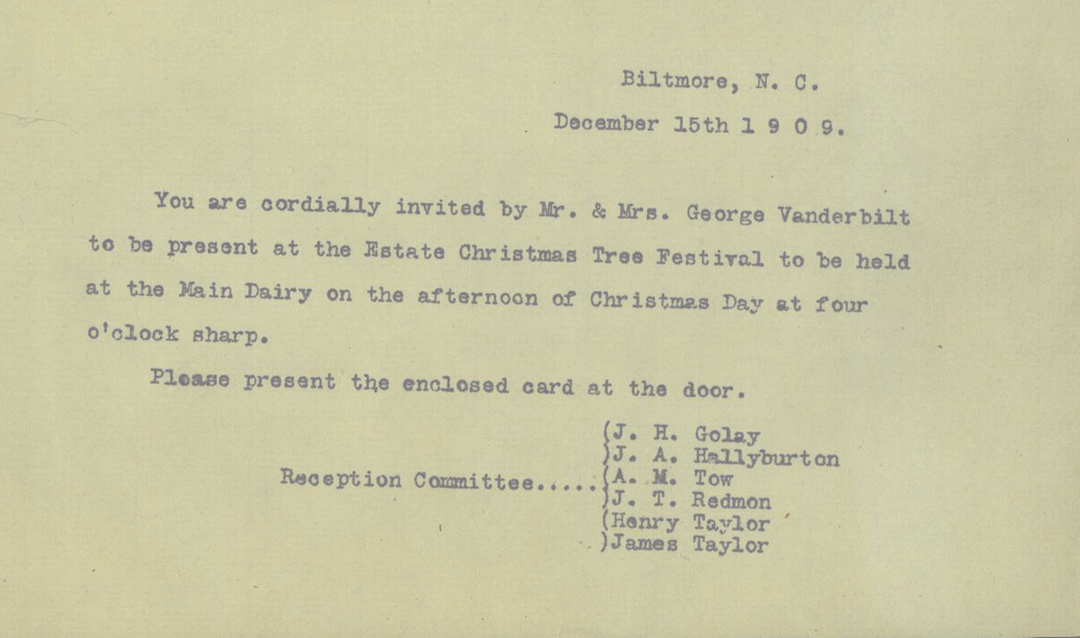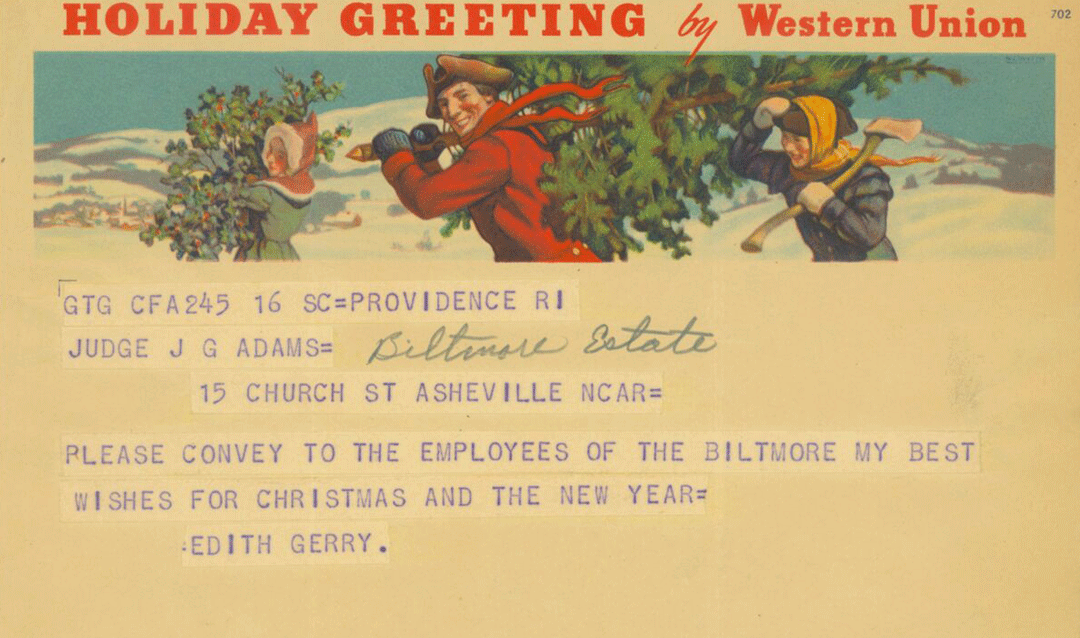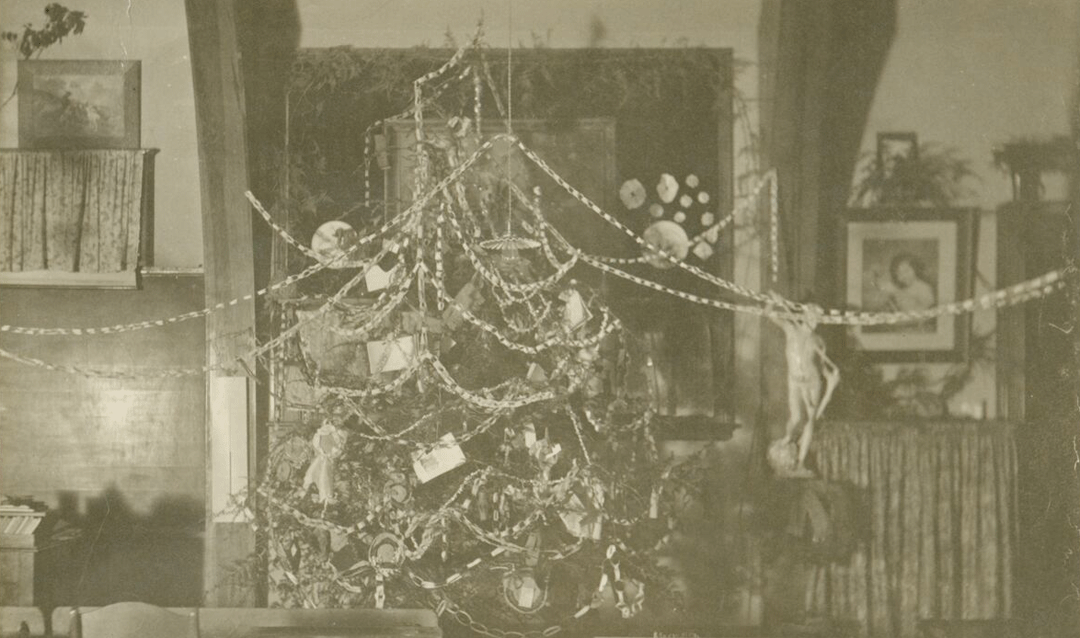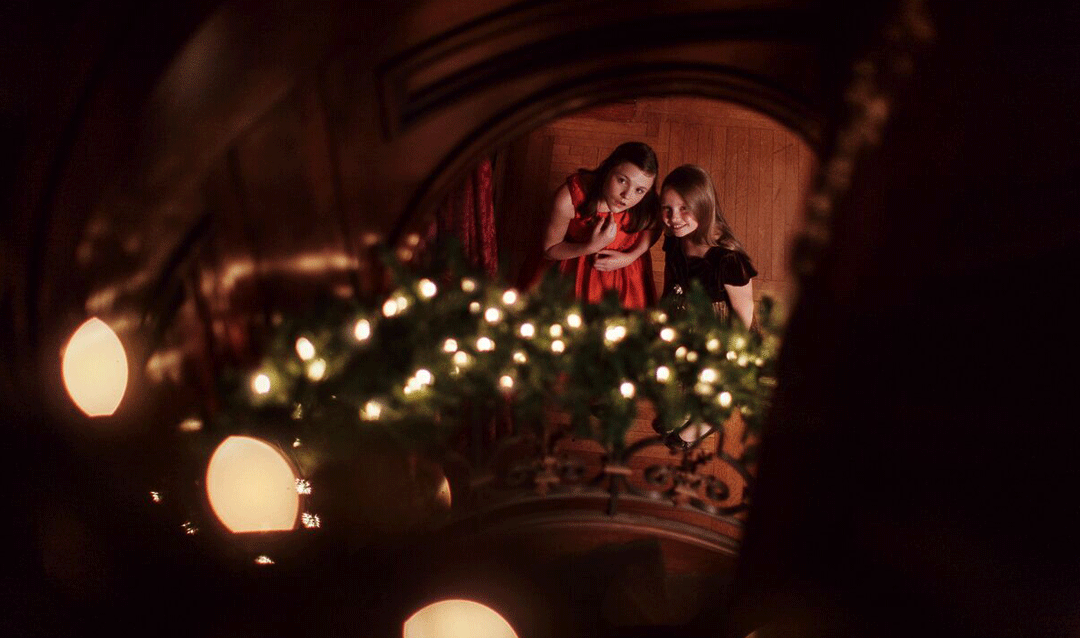Believe it or not, Biltmore’s first vines were planted right next to America’s Largest Home around 1971. What started as a testing ground for hybrid varietals has flourished into a 50-acre vineyard on the West Side of the estate growing varietals such as Chardonnay, Petit Manseng, Cabernet Franc, Cabernet Sauvignon, and Merlot.
Follow along as Vineyard Manager, Phil Oglesby shares a glimpse at our estate vineyards throughout the year.
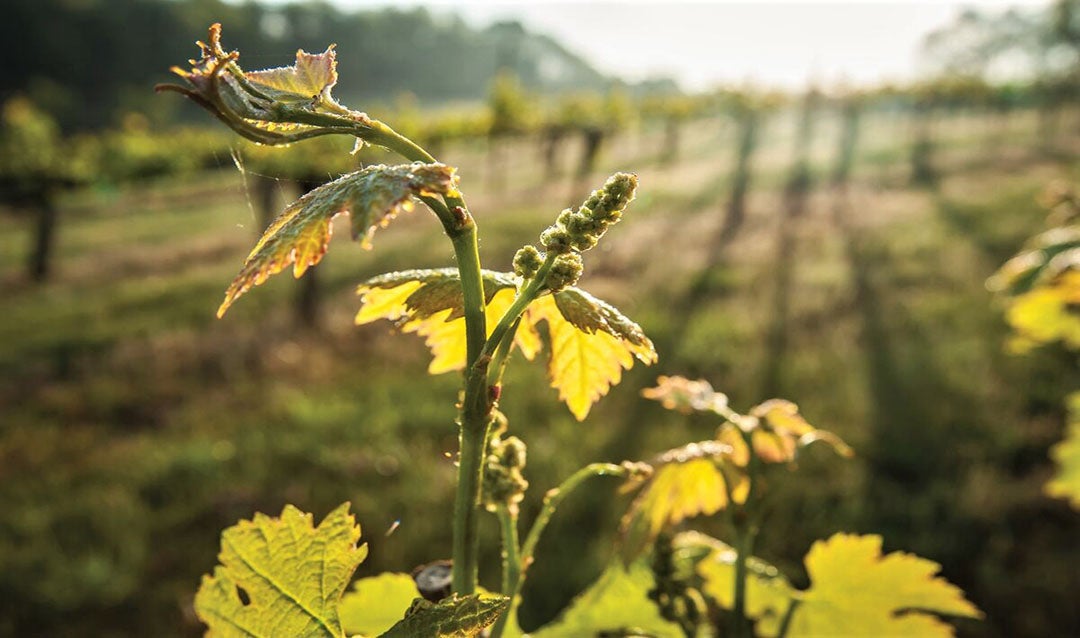
During the bud break stage of the vineyard lifecycle, the vines are extremely sensitive at this time and young shoots must be protected.
Spring bud break: New growth begins
“The first major event of spring in any vineyard is bud break,” said Phil Oglesby, Vineyard Manager, “and Biltmore’s vineyard on the west side of the estate is no different. Even though we’re already working with the vines, that first hint of a bud breaking open gives us a sense of urgency that the growing season is underway.”
Once bud break occurs, typically around late March, the vineyard crew becomes even more vigilant because Western North Carolina is potentially under a frost warning until mid-May!
“Protecting the tender, developing green shoots is a priority. We have several strategies we can deploy during a spring freeze to help mitigate damage,” Phil said. “There are wind turbines in the field to keep the air moving so the frost doesn’t settle on the fragile buds, and we can spray the vines with water so they’re encased in ice, which protects them from freezing temperatures, but grapes are still a field crop that is affected by the weather.”
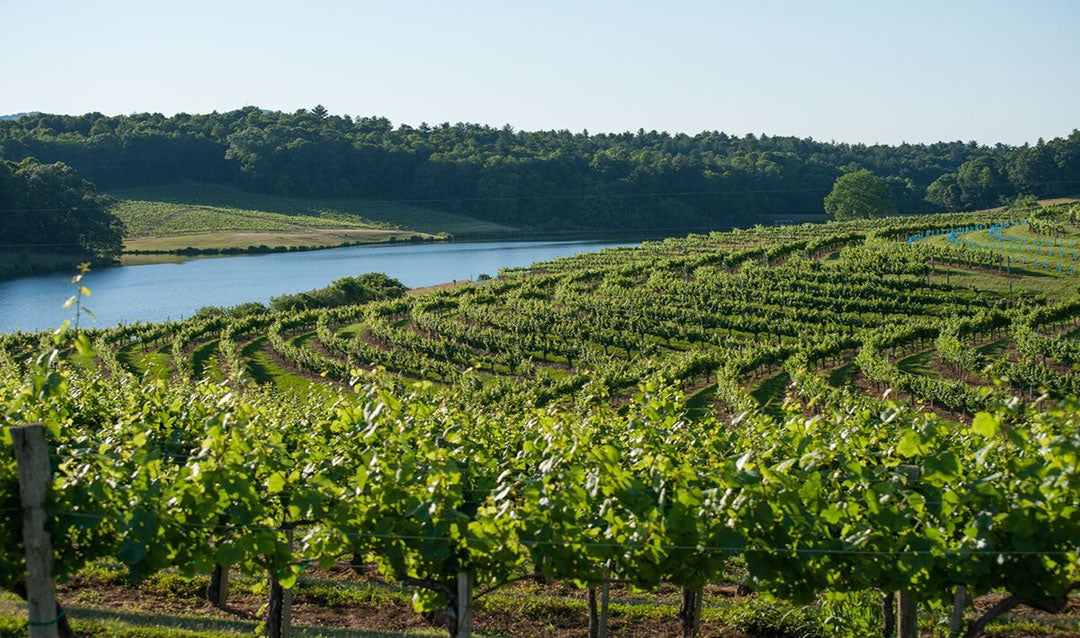
The flower bud (inflorescence) contains hundreds of flowers, but not all will turn into berries. In order to thrive, warmth and sunlight are crucial.
Biltmore’s vineyard blooms
As spring’s warmer weather returns, our Biltmore Estate vineyard sees substantial leaf growth in the young shoots fueled by the carbohydrates stored during the dormant winter months. Soon, the vines will bloom with tiny self-pollinating flowers, destined to become berries.
Nature is the best protector during these critical times. We focus on creating an optimal habitat through sustainable practices.
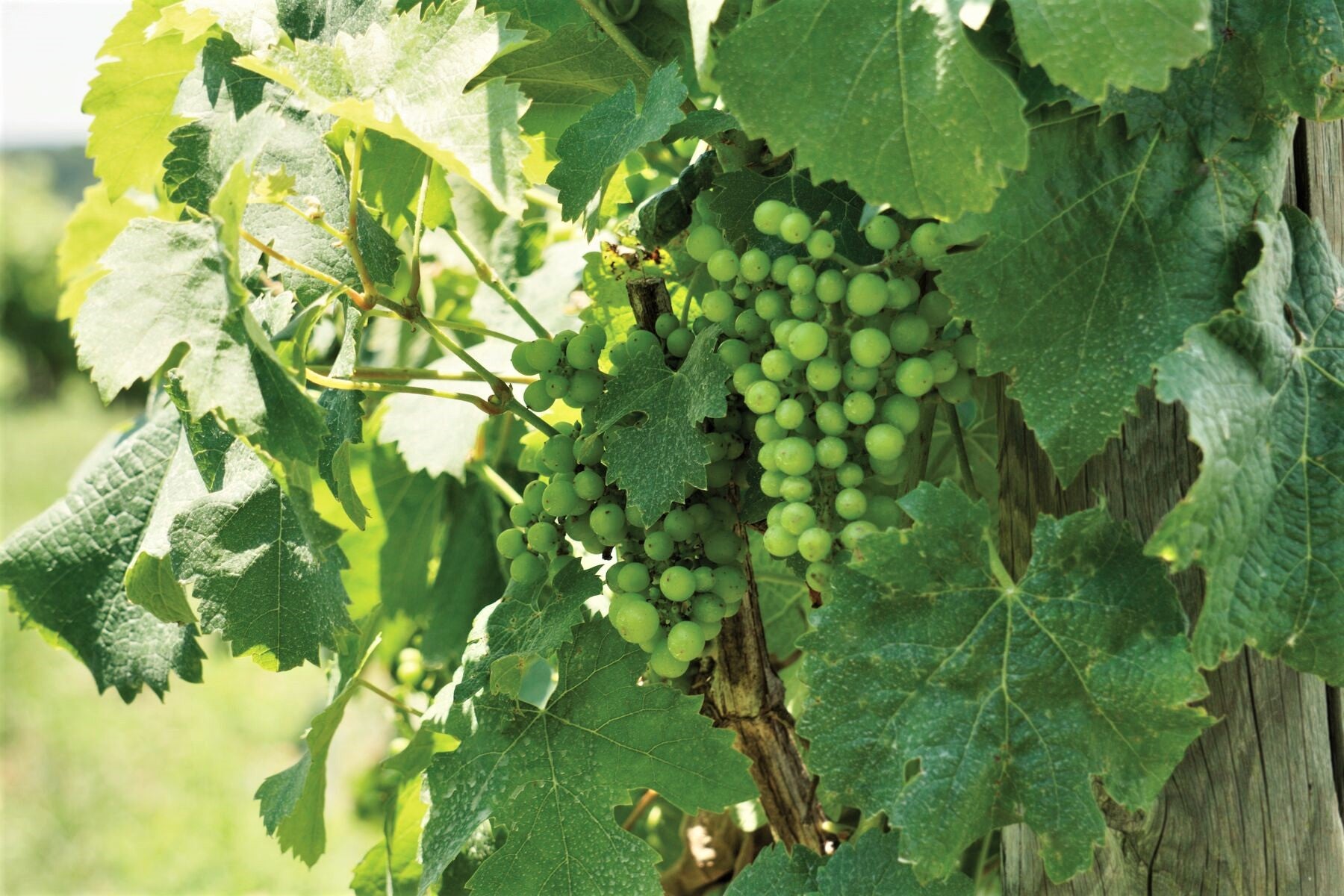
Biltmore’s vineyards are flush with bright green grape clusters during the summertime.
Fruiting in time for NC Wine Month
Each May serves as a time for celebration for Biltmore Wines! Not only is it the anniversary month for the opening of our Winery in 1985, but it’s also North Carolina Wine Month.
Meanwhile, the danger of frost in the vineyard has passed, the days are getting longer and warmer, and fruit clusters have begun to form under the leaves. Known as “berries,” these hard green fruits don’t look much like mature grapes, but they continue to ripen.
The summer months set the stage for the fall harvest. As the berries develop, also known as fruit set, our growers get their first look at the amount of crop the vineyard will yield and the amount of wine we will produce.
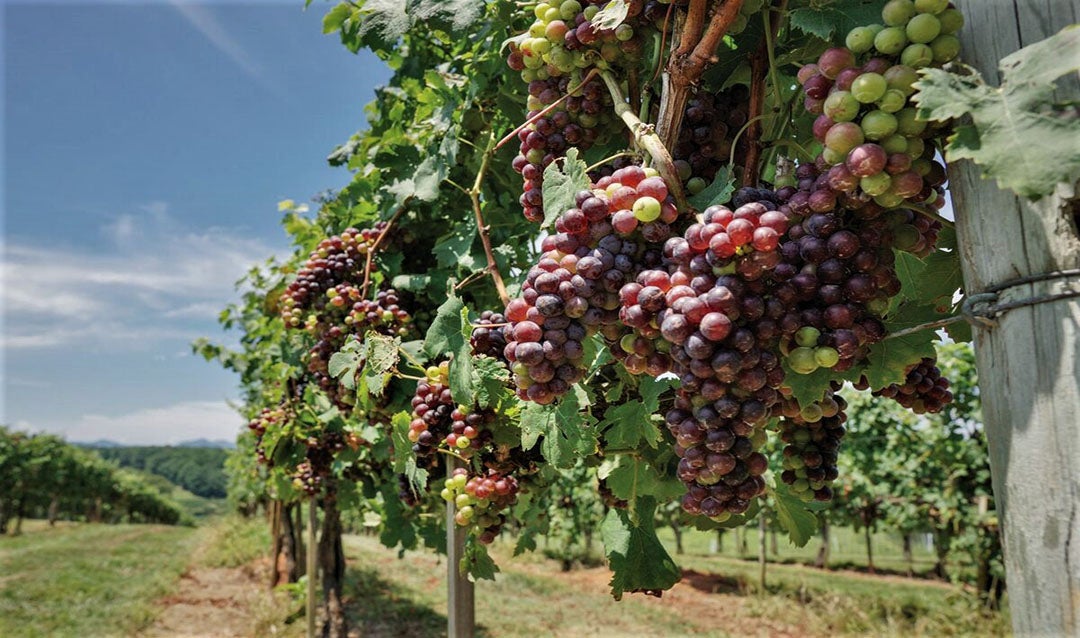
The swelling of the grapes with water increases the sugar and tannin levels while reducing the acid levels, all the while accumulating color and flavors.
Veraison signals the countdown to harvest
In the beginning, all berries are green, but as they ripen, they transform into beautiful hues of red, purple, and golden through a process called veraison. Phil said, “By mid-July you should notice some color coming into the grapes—light gold for the Chardonnay and speckles of purple for the Cabernets.”
This noticeable change in color marks a tipping point in the growth process where the plant begins focusing energy on ripening and sweetening the fruit. This change also signals to the teams that the countdown to harvest is underway!
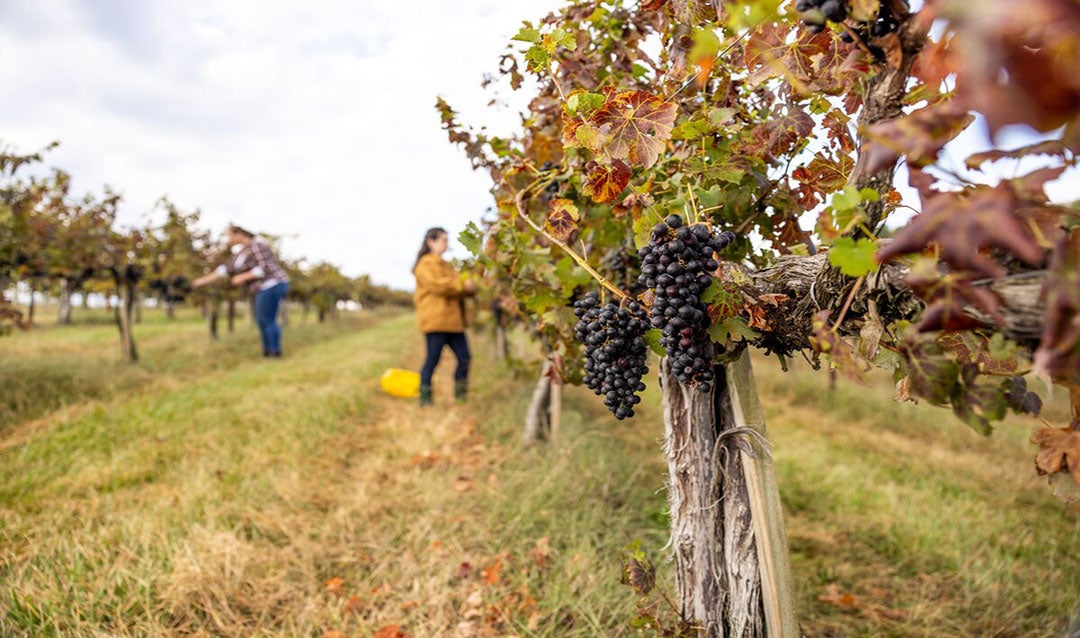
Biltmore’s grapes are harvested by hand every year!
Gearing up for harvest season
In every wine-growing region, harvest preparation is one of the busiest times of the year for vineyards and wineries.
Phil and his crew work to prepare the equipment, including hand clippers and flat containers for carrying grape clusters without damaging the fruit.
“Executive Winemaker Sharon Fenchak frequently visits the vineyard, especially as the fruit develops on the vine,” said Phil Oglesby, Vineyard Manager. “We work together to try predicting harvest yields and we keep a close watch for potential problems that can be minimized with our control. The vineyard team has a shared goal of providing the Winery with the best possible fruit we can produce.”
 The crafting of fine wines relies on cooperation and good communication between the teams. A close look at Biltmore Wines—especially during harvest—reveals the benefits of such a relationship.
The crafting of fine wines relies on cooperation and good communication between the teams. A close look at Biltmore Wines—especially during harvest—reveals the benefits of such a relationship.
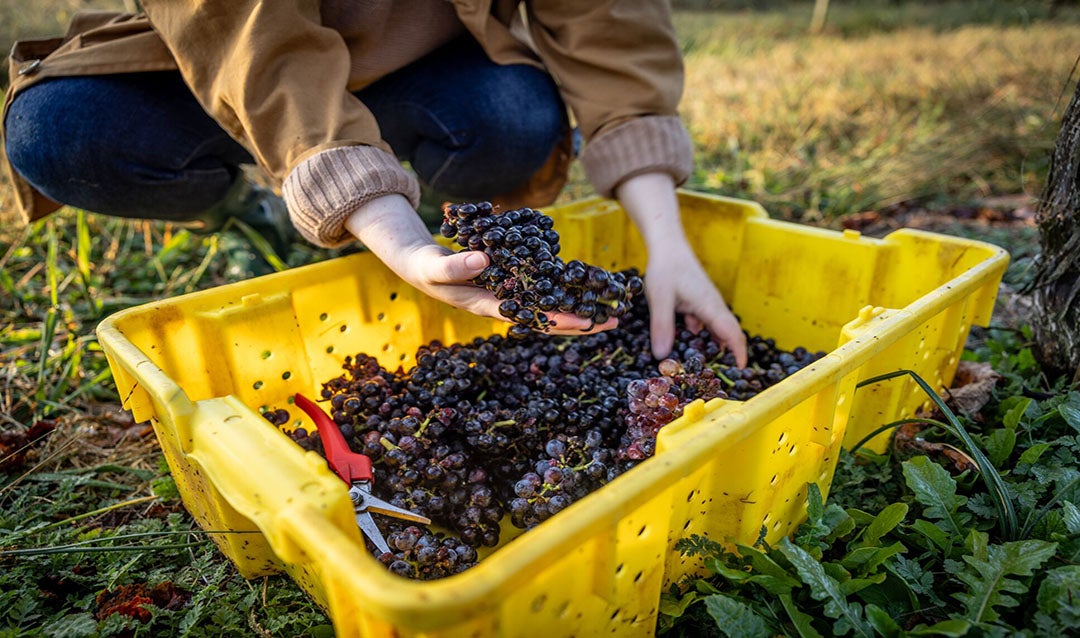
The ripeness of grapes and weather conditions determine the start of harvest. Sweetness, alcohol content, and acidity are all affected by time.
Harvesting our finest fruit
Once harvest begins, the crew will work from sunrise to late afternoon, carefully gathering the ripe fruit that will become the heart of our Biltmore Wines in the years to come.
Chardonnay is one of the early-ripening grapes on Biltmore’s West Side Vineyard. With Mother Nature’s cooperation, Philip and his team will typically begin harvesting this varietal in late August.
All grapes are hand-picked, with harvests averaging 130 tons annually, and transported to our winery and production facility located in Antler Hill Village where the winemaking process begins.
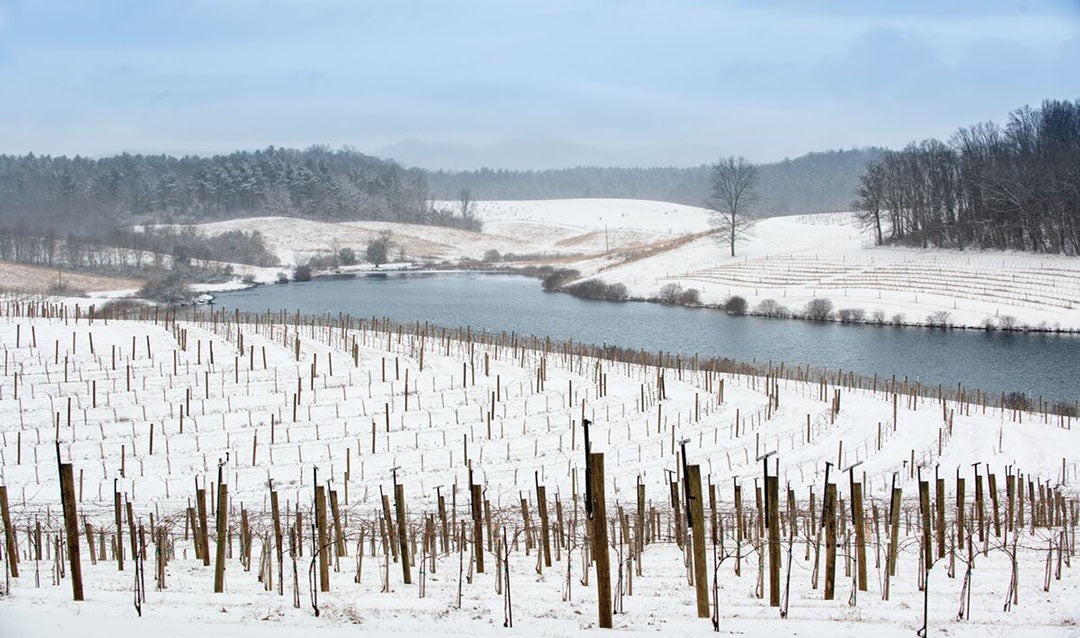
Snow protects the vines against icy winter temperatures and aids their hibernation.
Caring for the vines during wintertime
Despite what you might think, the vineyard work continues during the winter months! Though the weather may have turned, the dormant vines still need care. Our teams remain hard at work, pruning and protecting the vines to keep them healthy and strong.
While the vines rest, our winemakers continue to craft the recent harvest into wines worthy of a sip. Barrels are filled to the bung hole to compensate for natural evaporation (or for a taste test!), ensuring the quality of the wine inside.
And then, like clockwork each year, winter gives way to early spring and the cycle begins again…
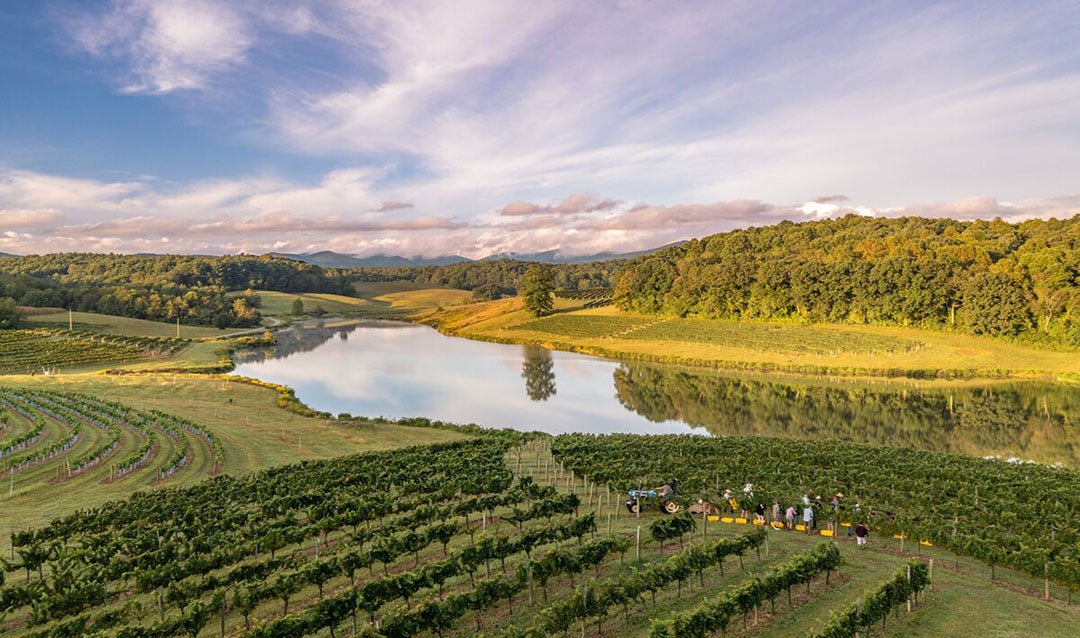
Our viticulture program honors the Vanderbilt heritage to create new opportunities for the family’s estate in harmony with Biltmore’s mission of preservation.
Sourcing the finest fruit for our wines
You may have heard through the grapevine… In addition to our Biltmore Estate vineyard, we also work closely with partner growers in California and Washington who help supply fruit for our portfolio of wines, most of which are handcrafted at the estate.
“Our partners are an important part of our wine program at Biltmore’s Winery,” says Executive Winemaker, Sharon Fenchak. “We spend a lot of time with growers from around the Monterey, Sonoma, Napa, and Mendocino wine regions.”
Sharon explains that the importance of these long-standing relationships with all our partner growers ensures that the quality of all our wines is as consistent as possible from vintage to vintage.
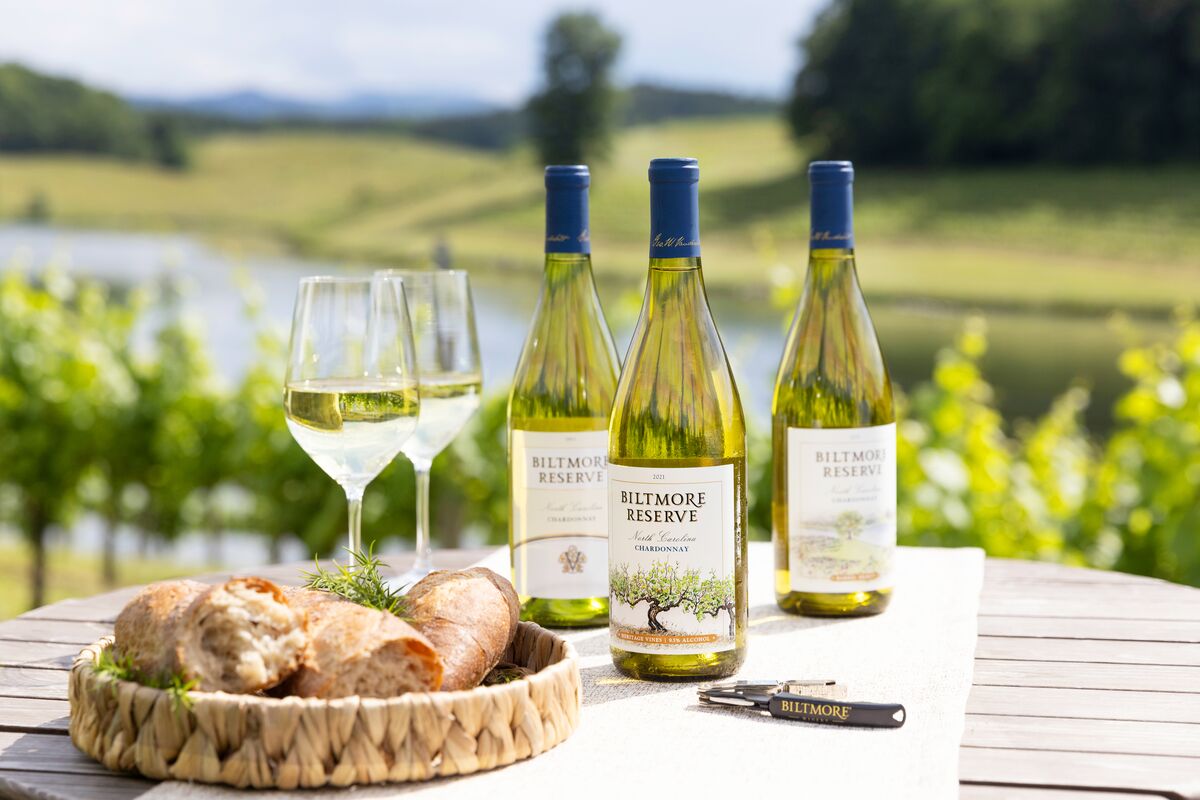
For a true grape-to-glass experience, savor our Biltmore® Reserve Chardonnay North Carolina varietals, each featuring estate-grown grapes.
Savor the fruits of our labor
Join us at the Winery and Wine Bar on Biltmore Estate to discover new and favorite vintages of our award-winning wines and be sure to look for our varietals featuring estate-grown grapes, like our Biltmore® Reserve Chardonnay North Carolina wines! Our wines are also available in estate shops, at retailers near you, online, and through our Vanderbilt Wine Club.
No matter where you’re enjoying your Biltmore Wines, we invite you to raise a glass in honor of our grape growers, vineyards, and winemakers across the nation!
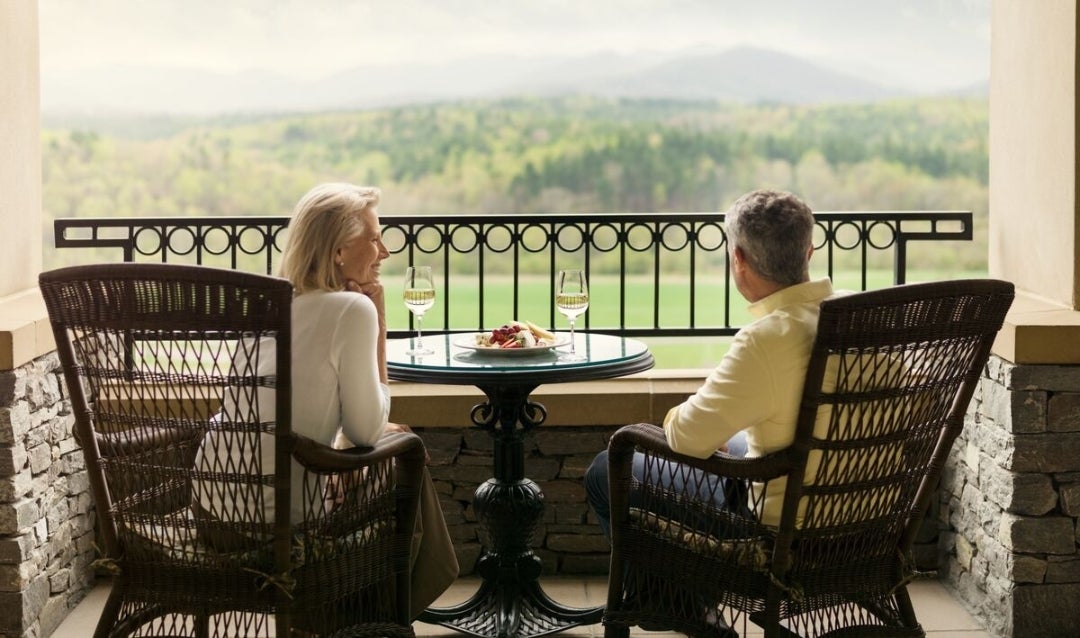

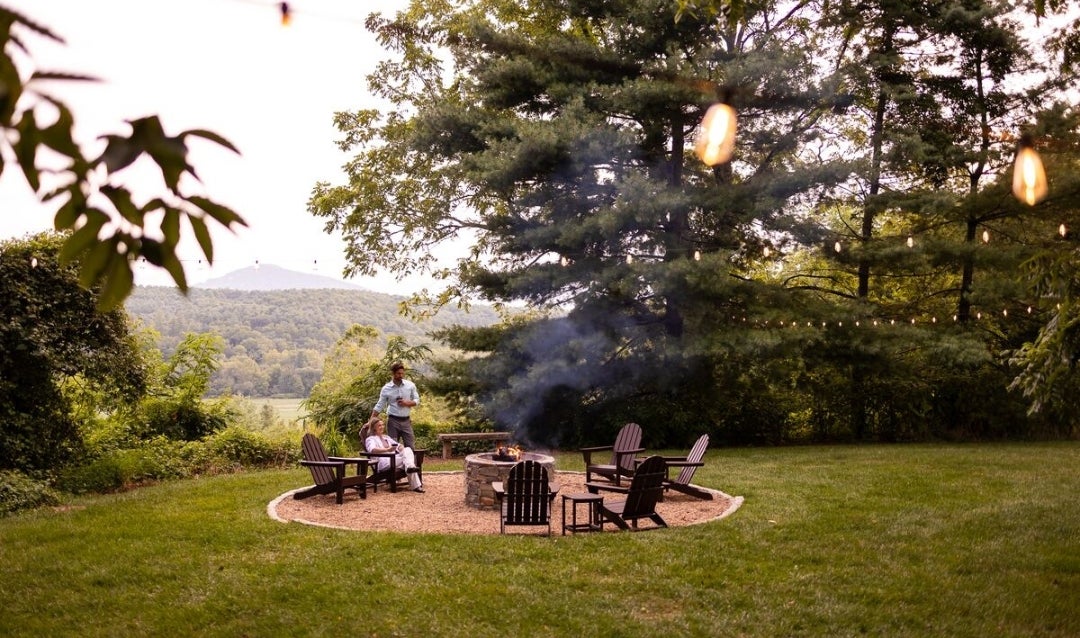
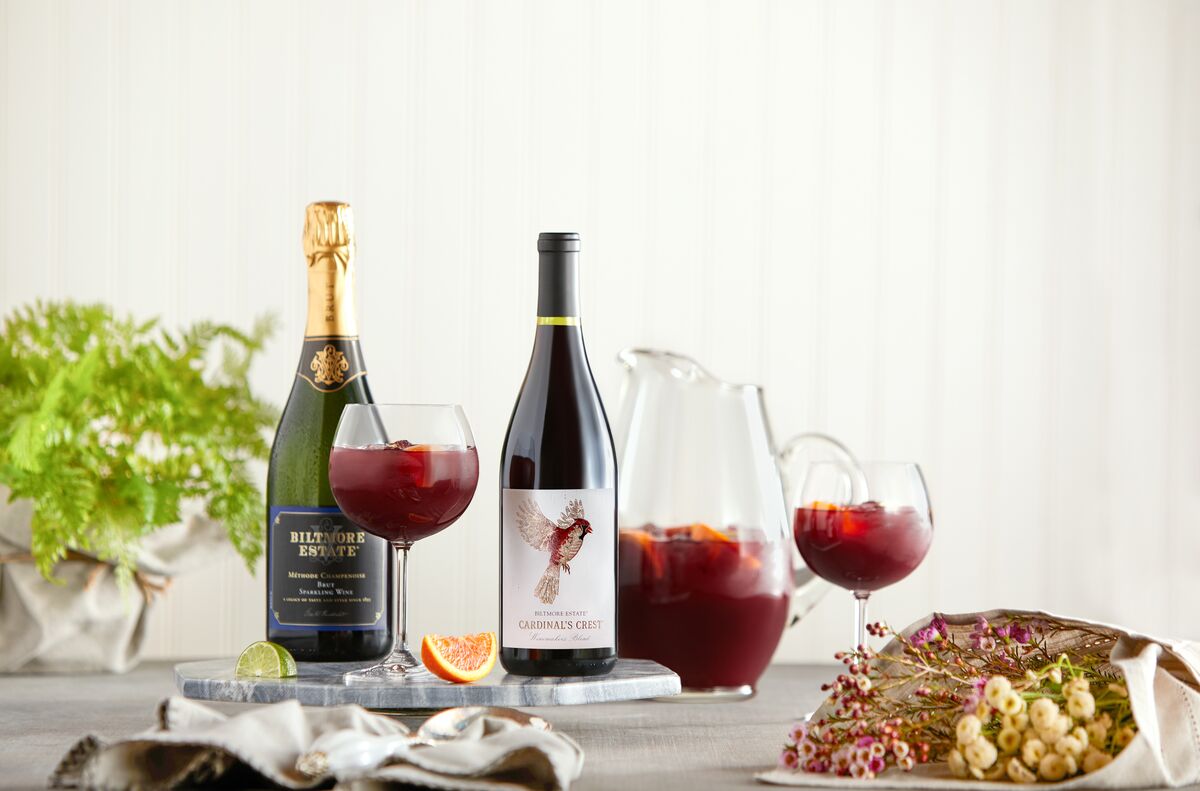
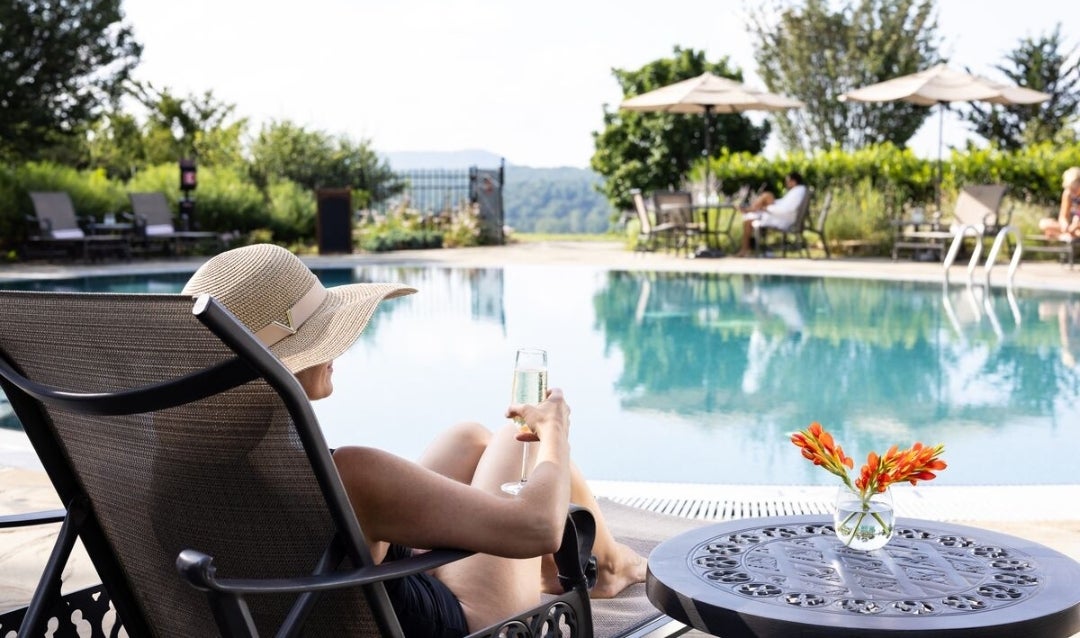
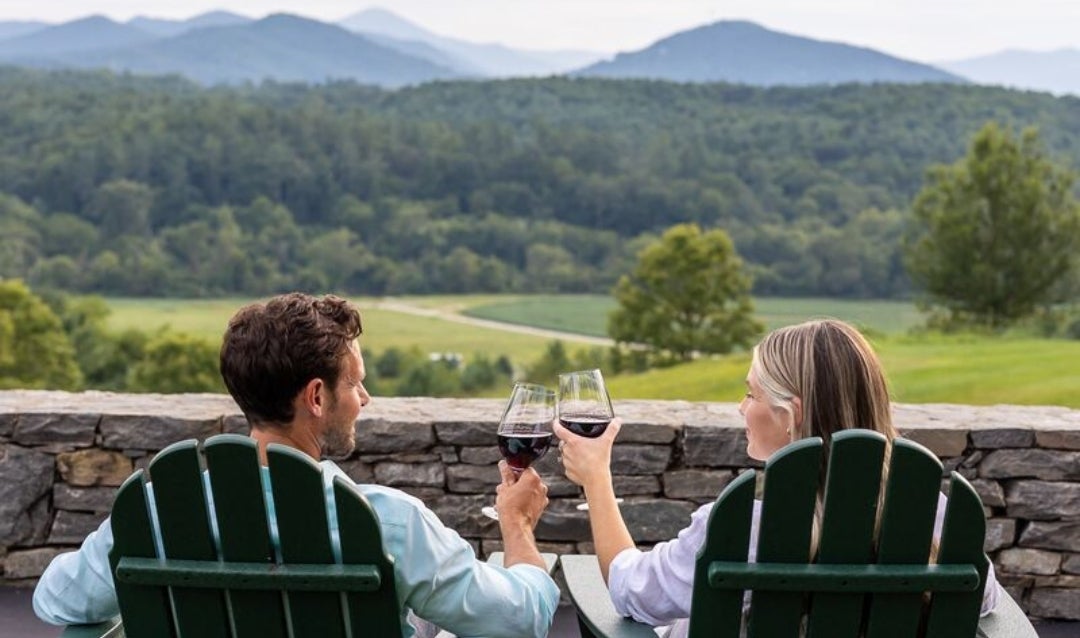
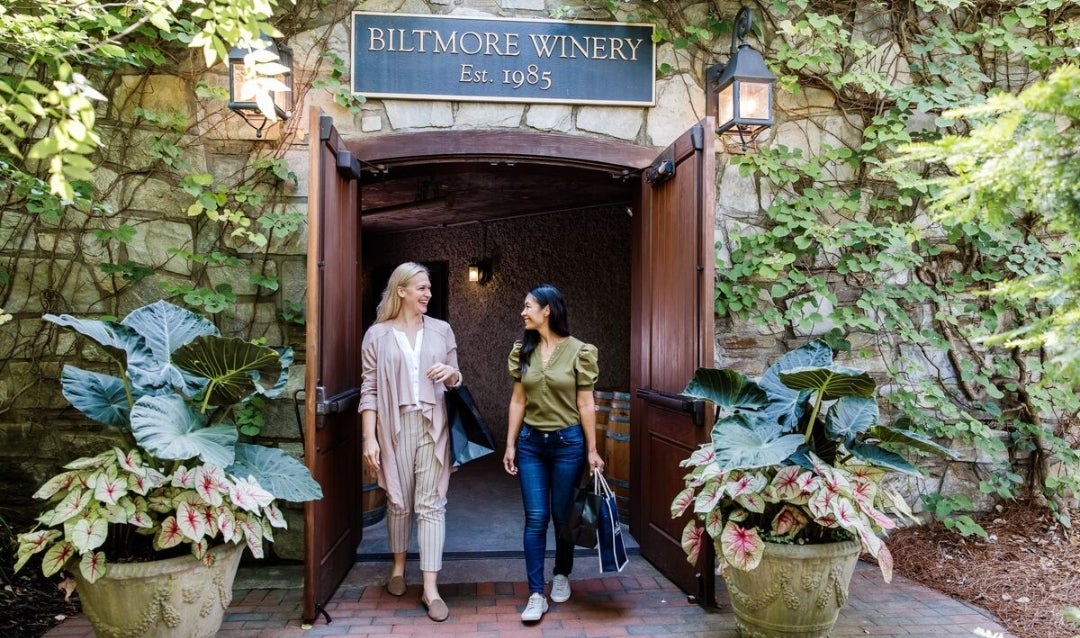





 The crafting of fine wines relies on cooperation and good communication between the teams. A close look at Biltmore Wines—especially during harvest—reveals the benefits of such a relationship.
The crafting of fine wines relies on cooperation and good communication between the teams. A close look at Biltmore Wines—especially during harvest—reveals the benefits of such a relationship.



